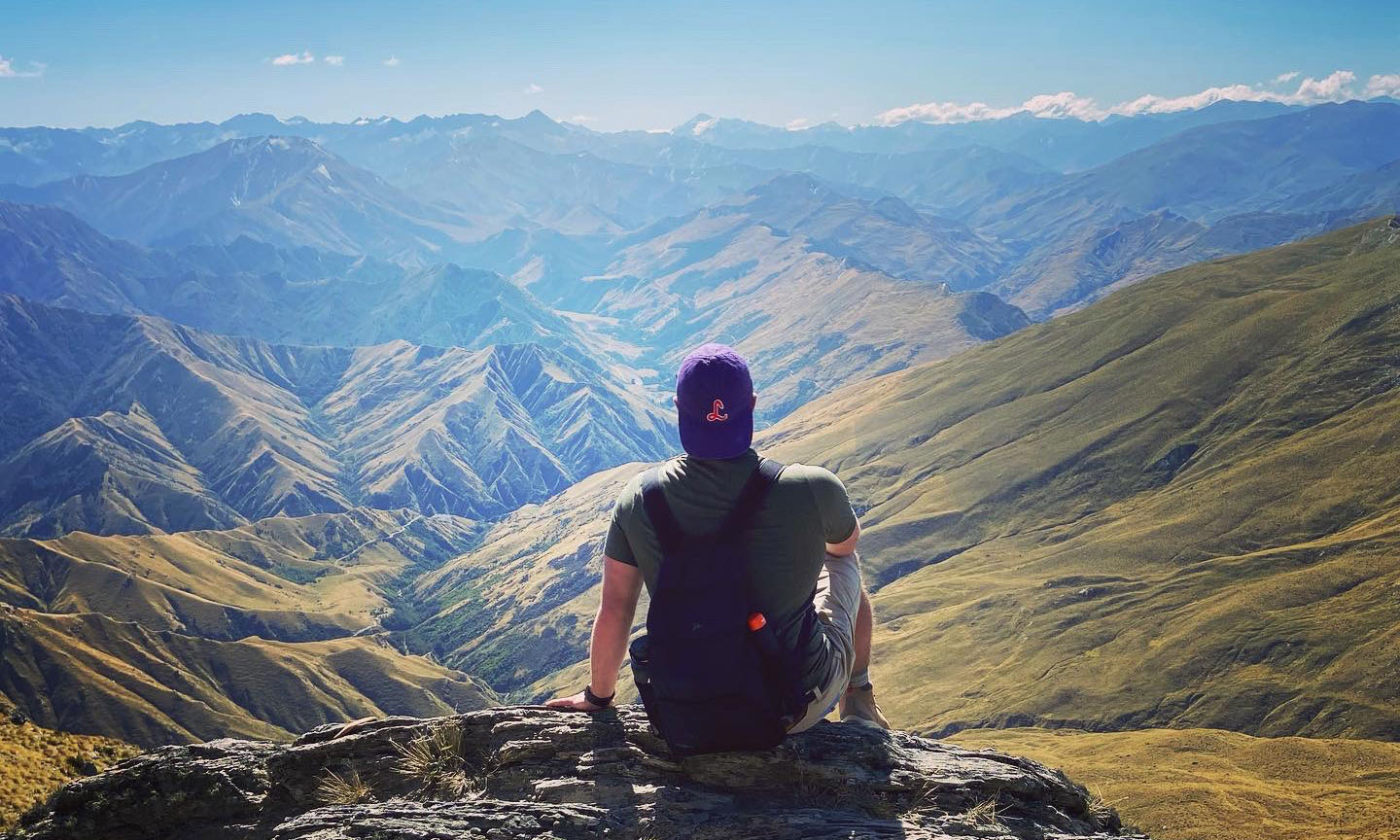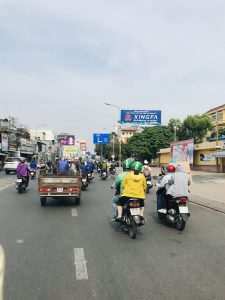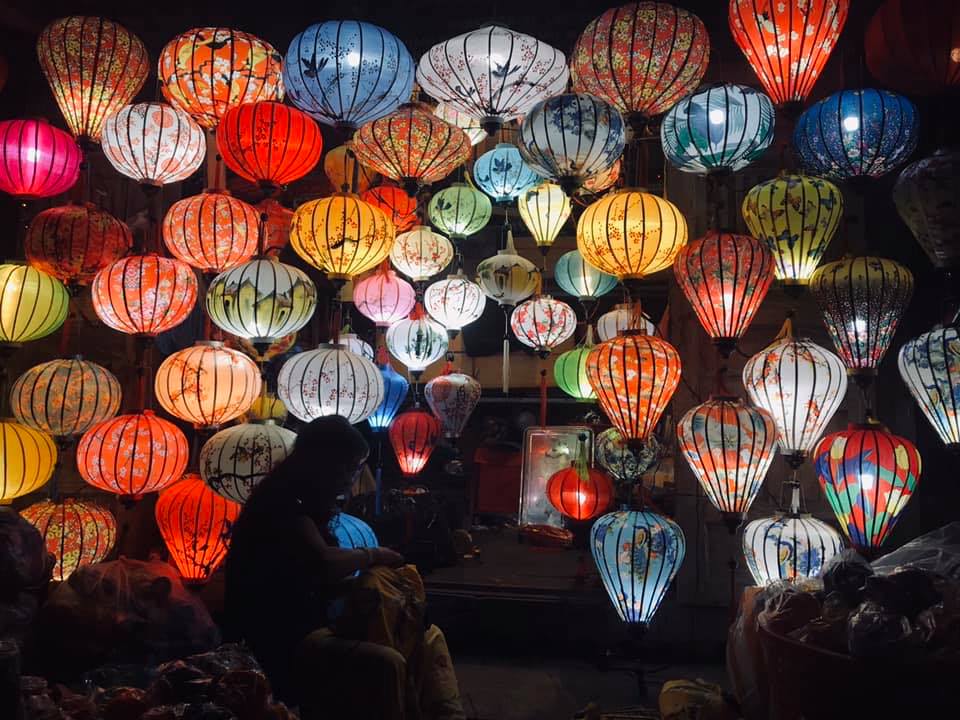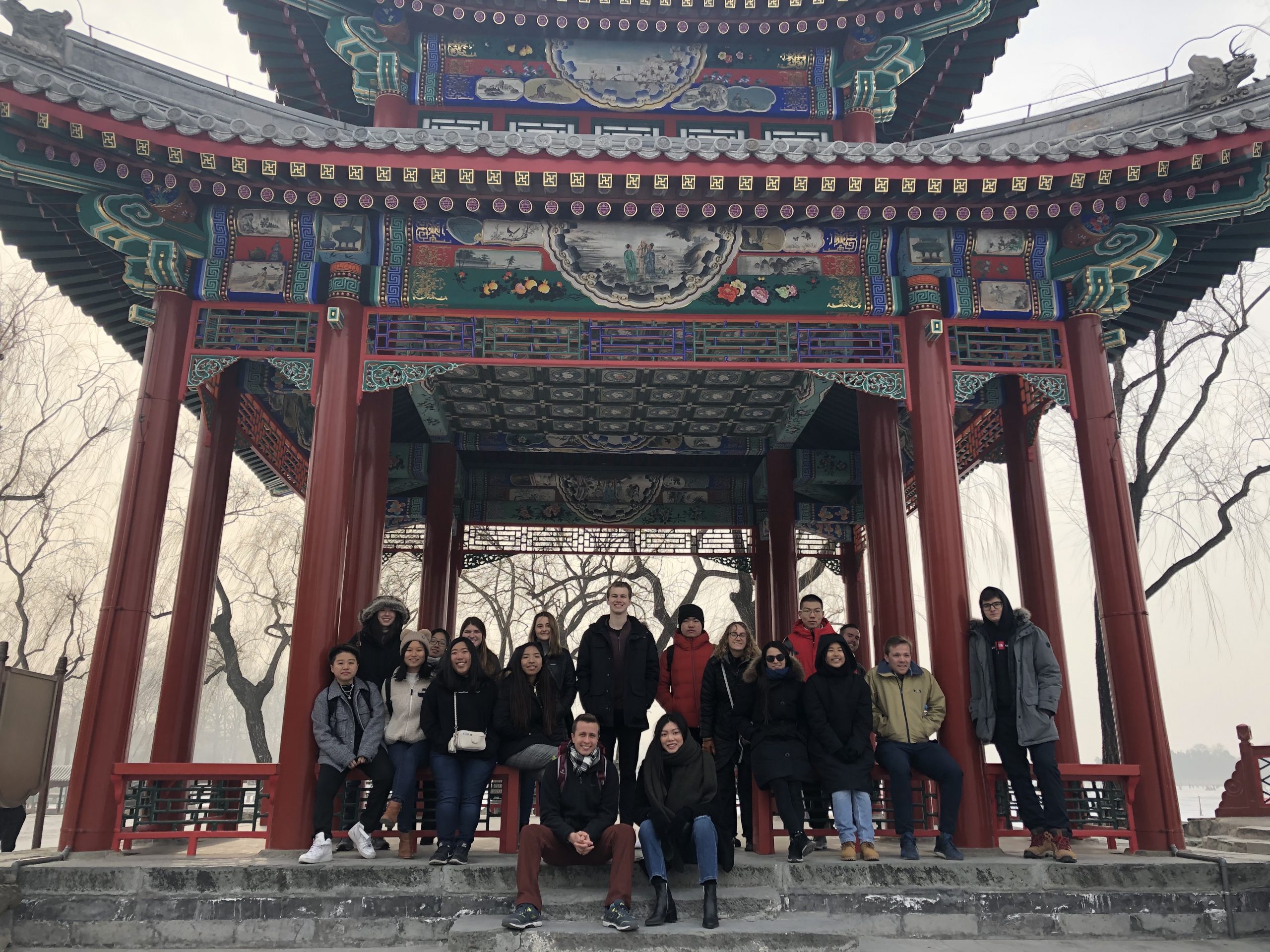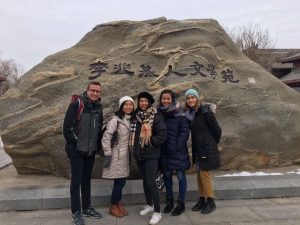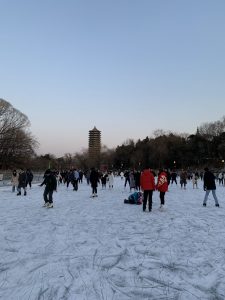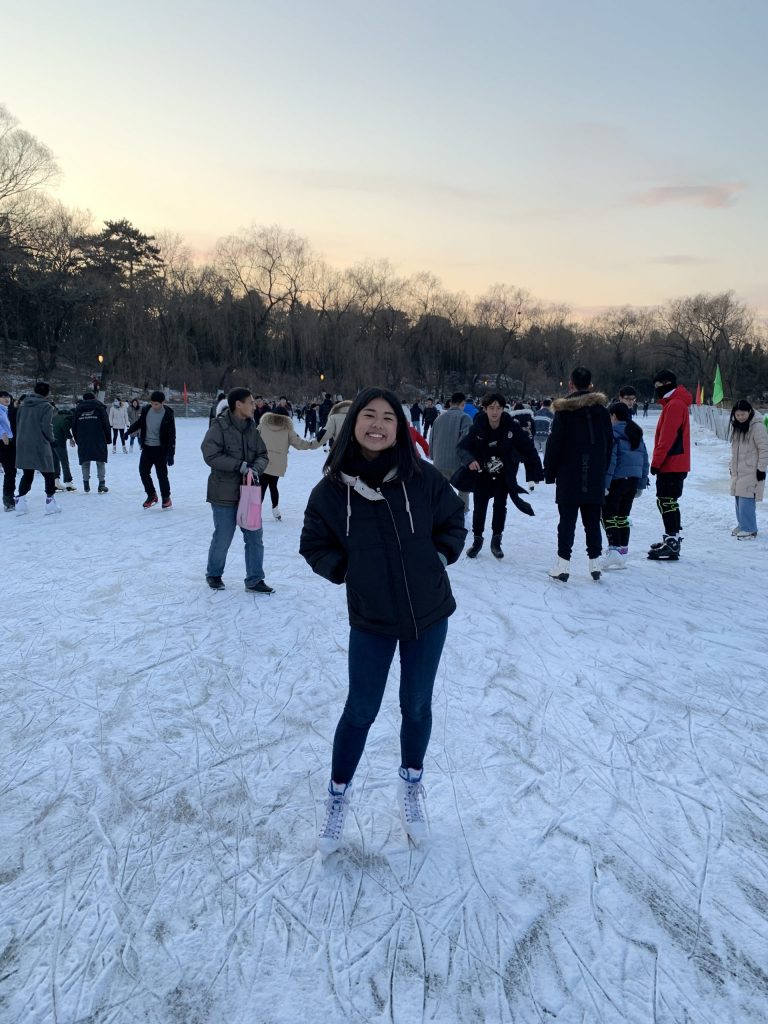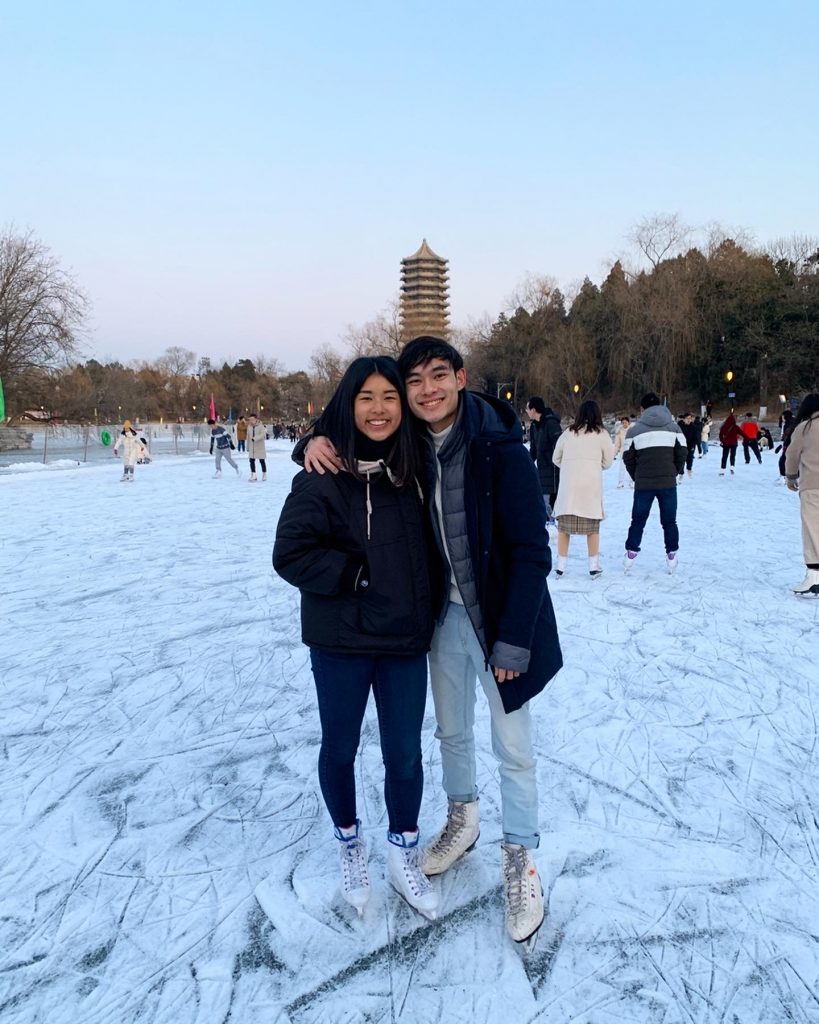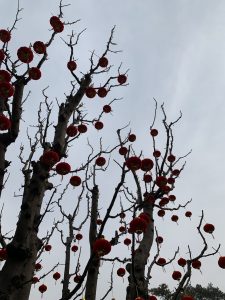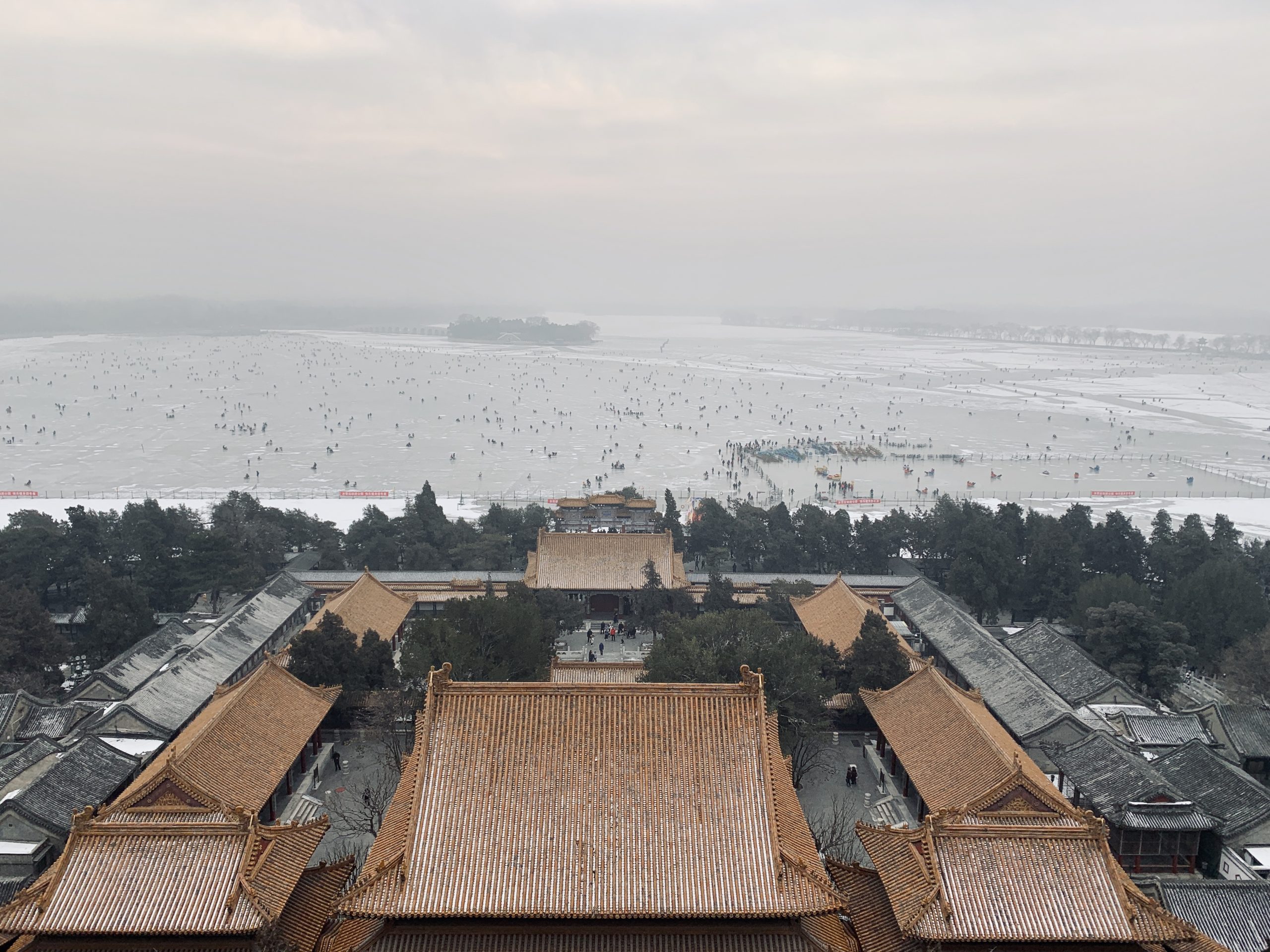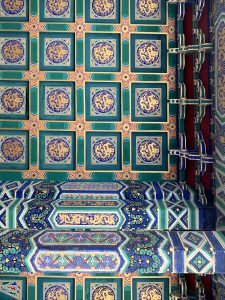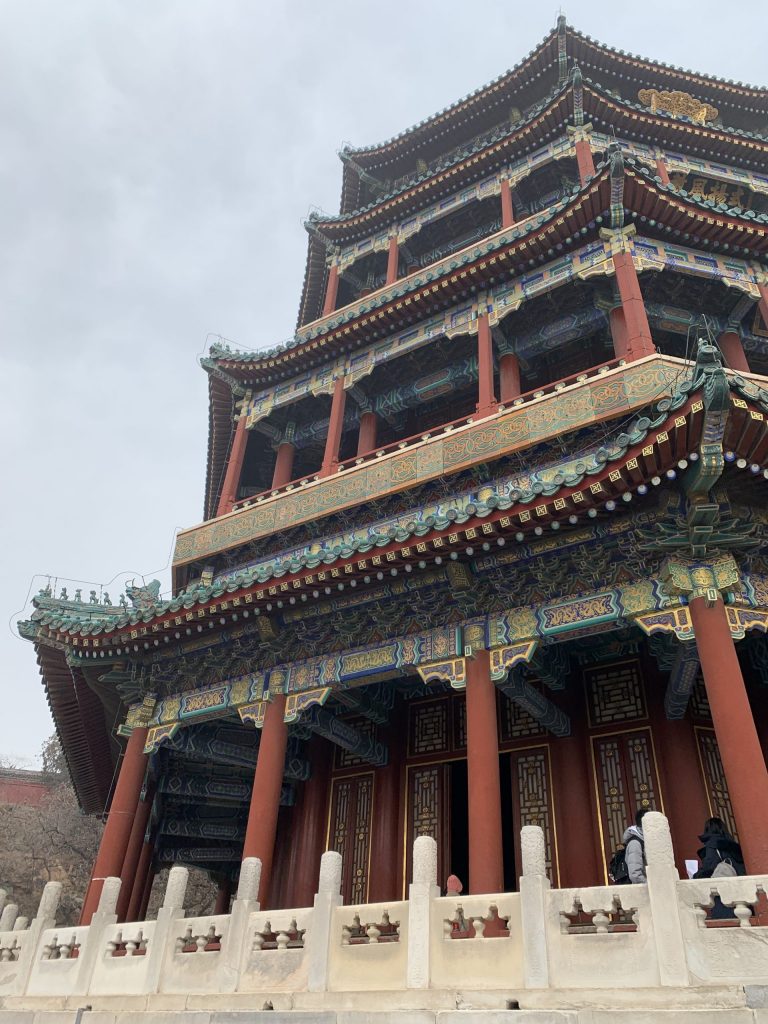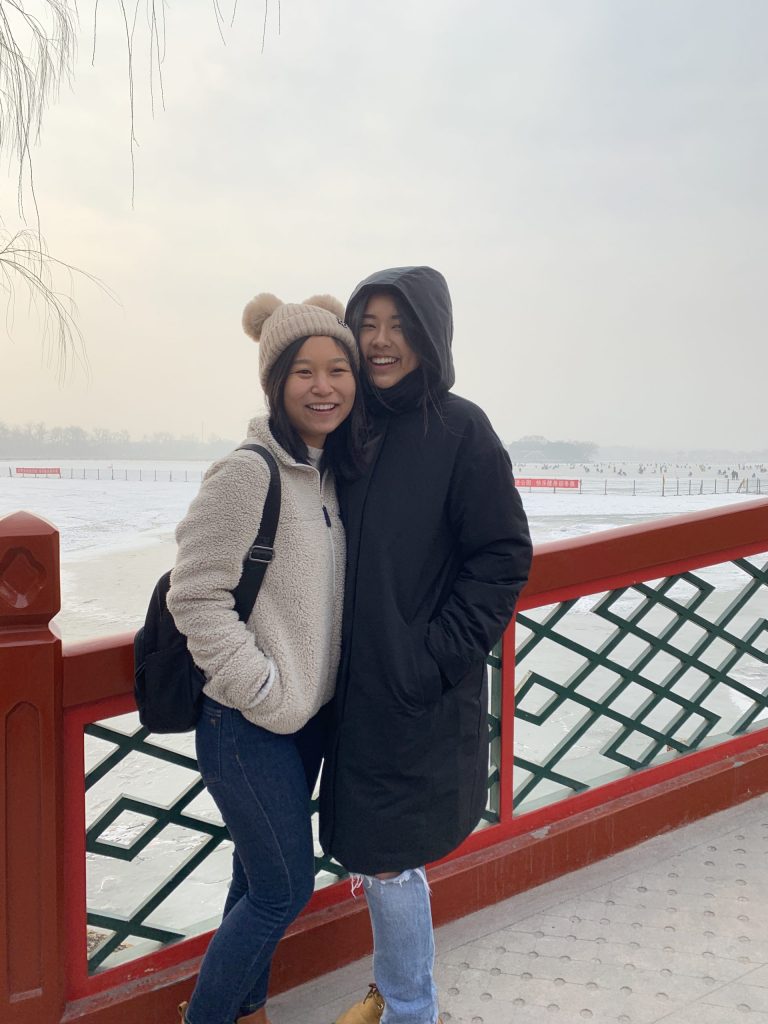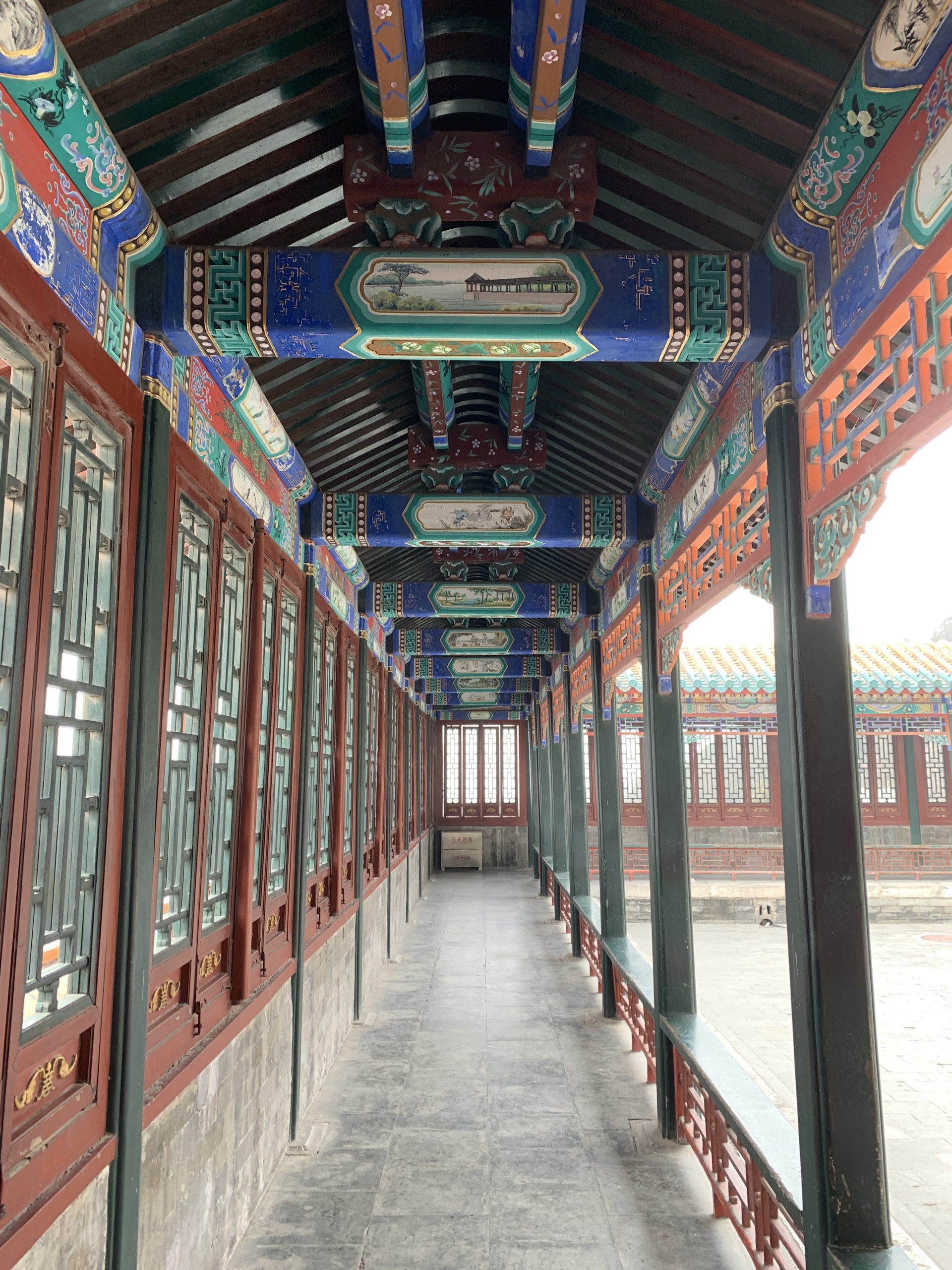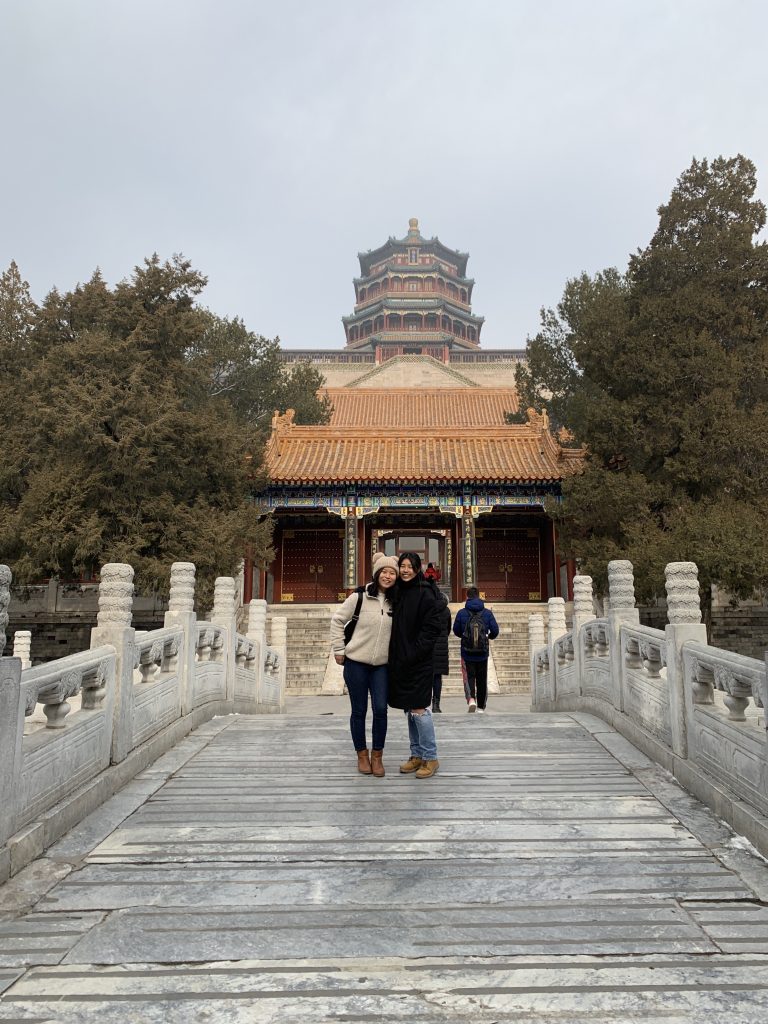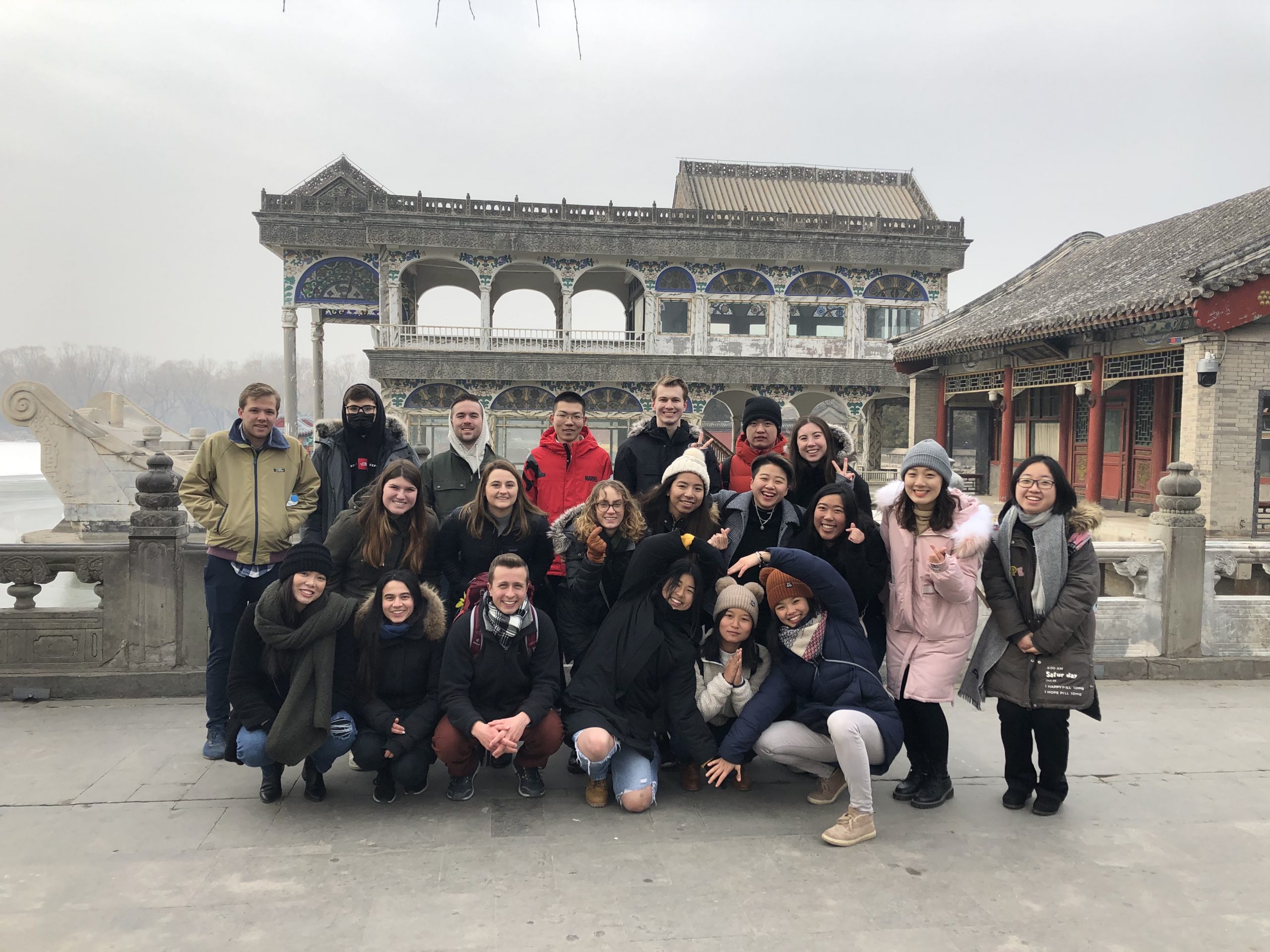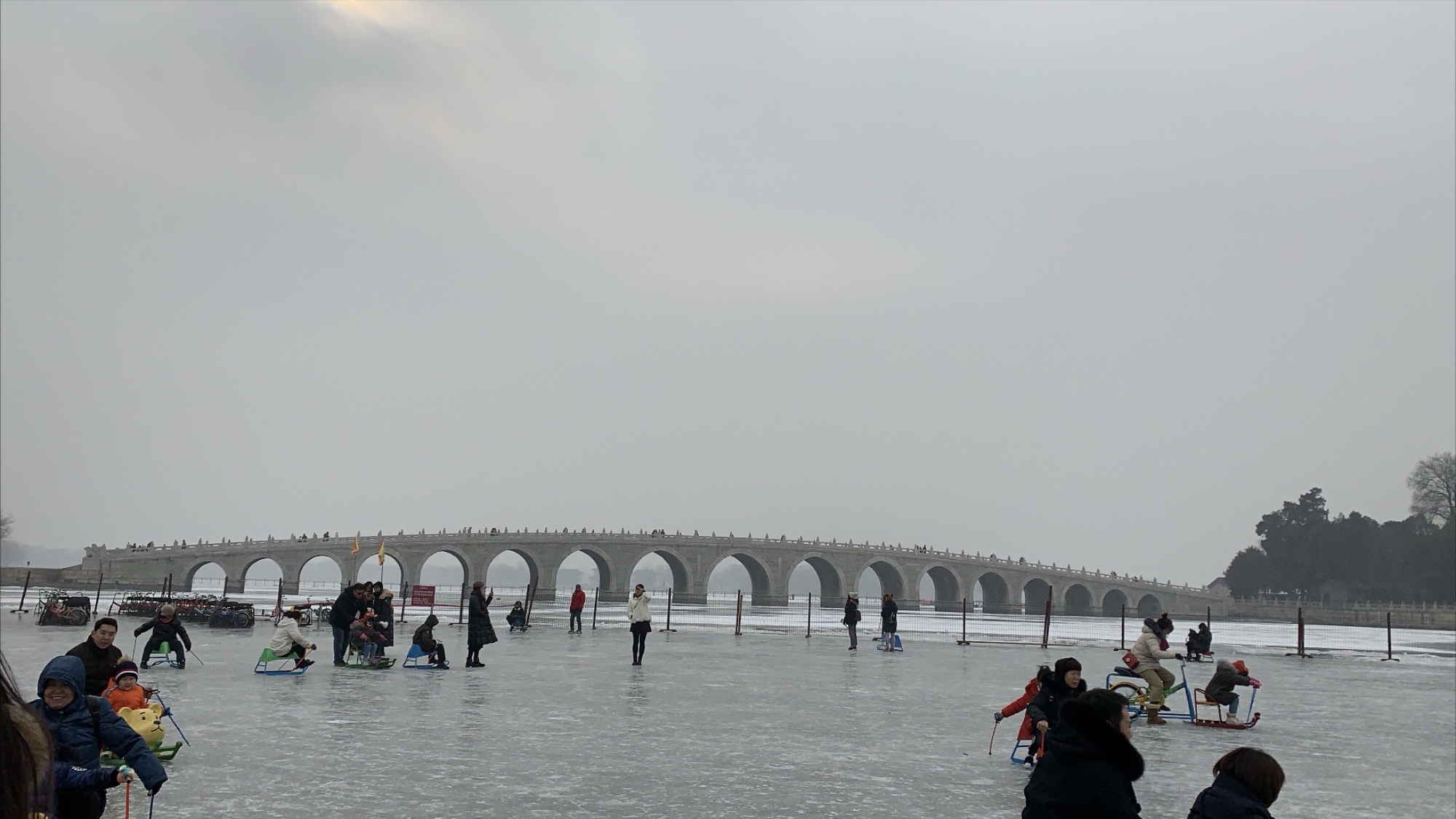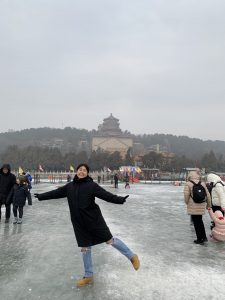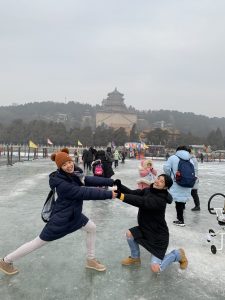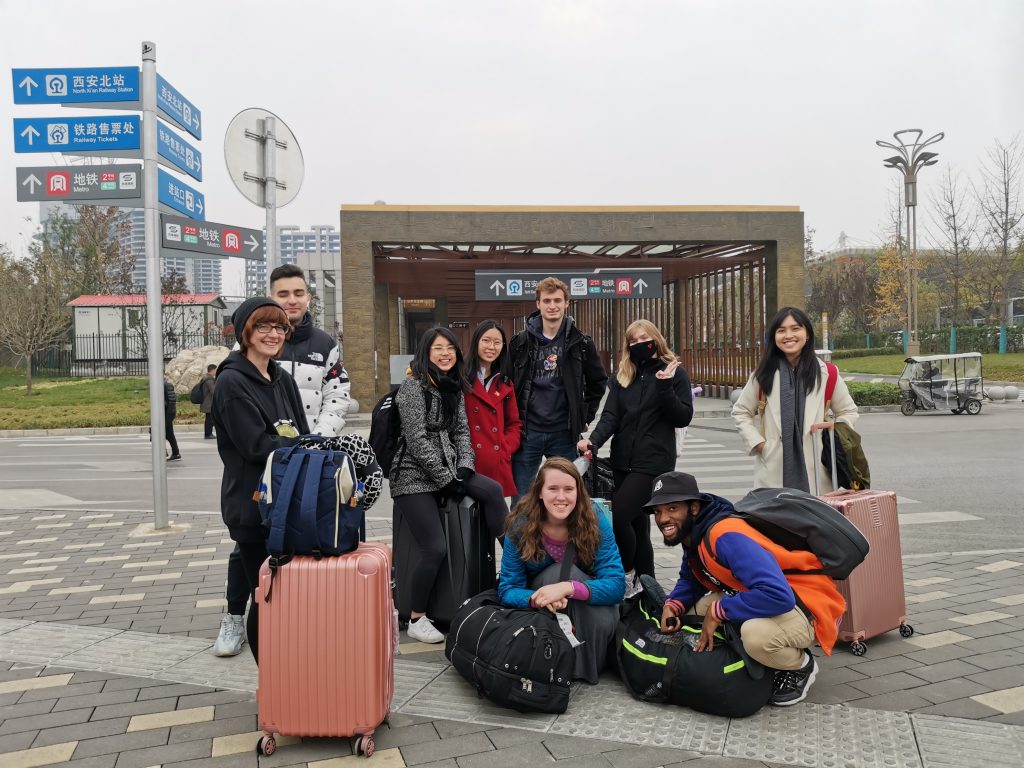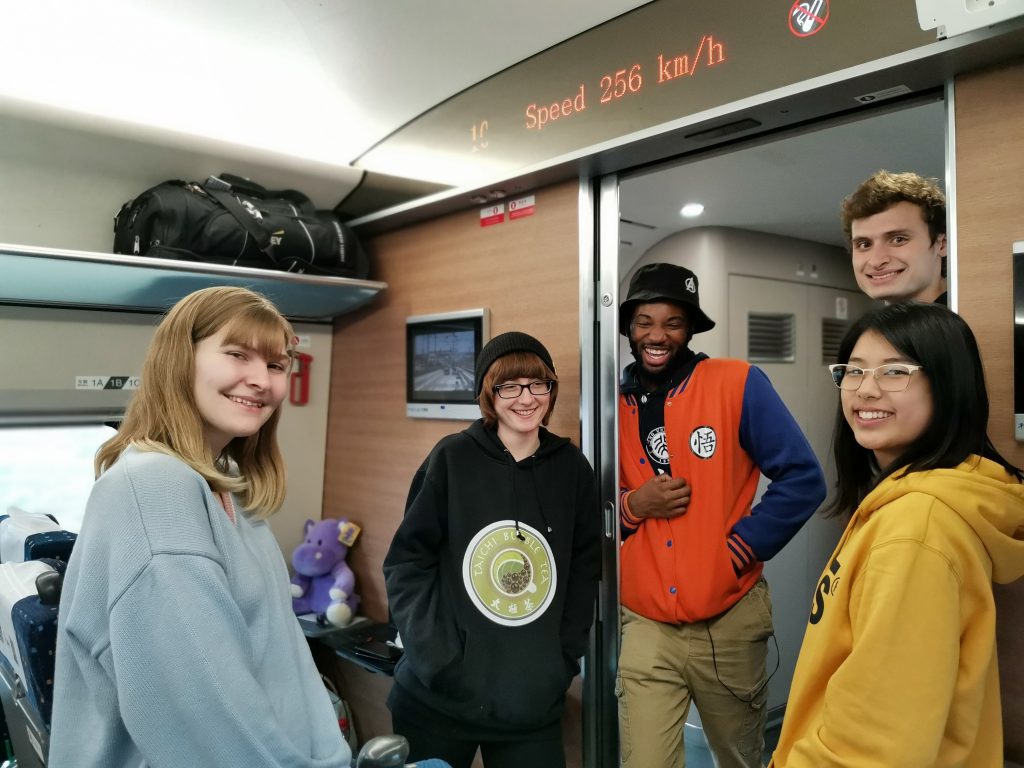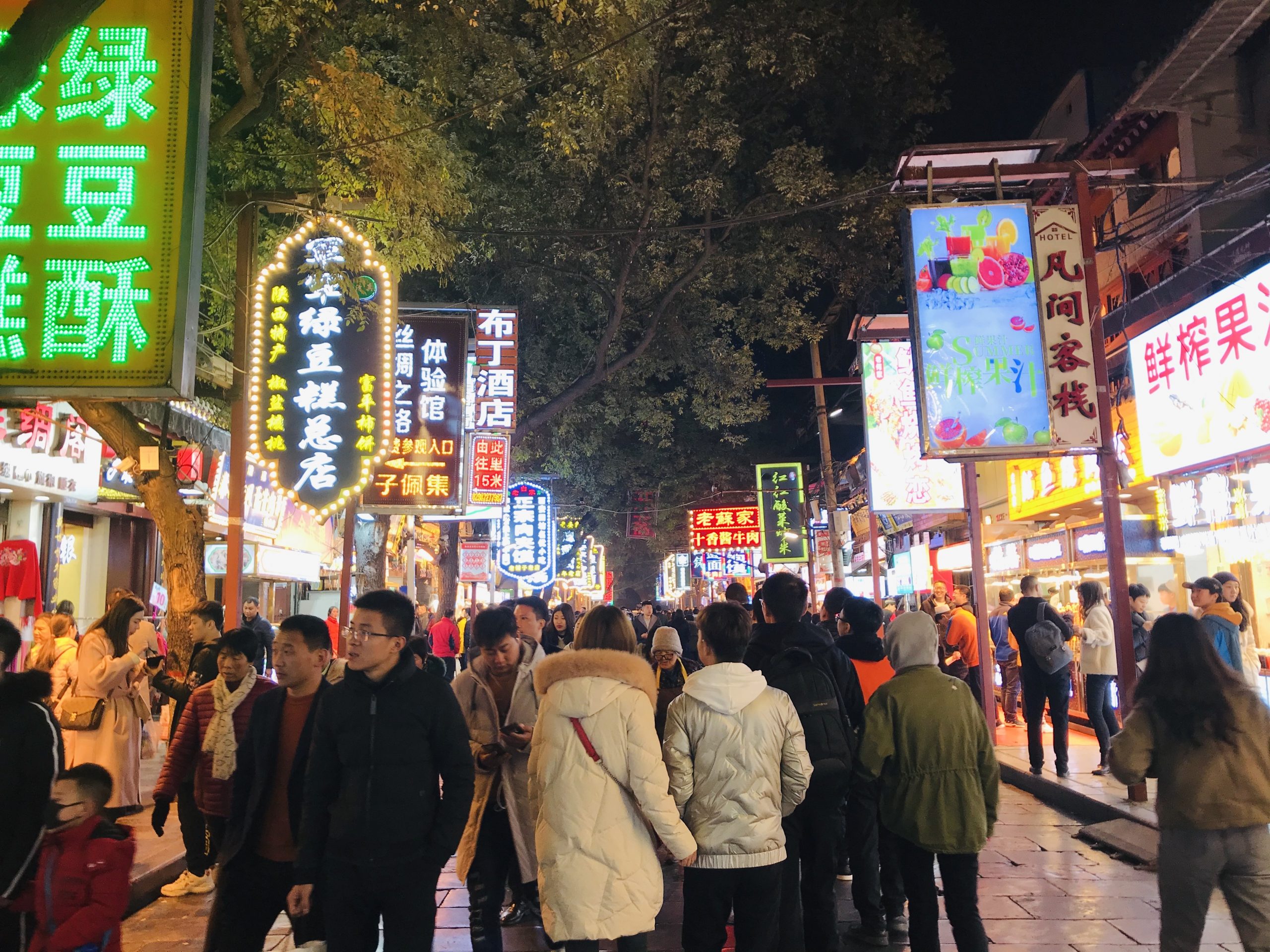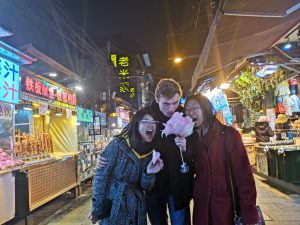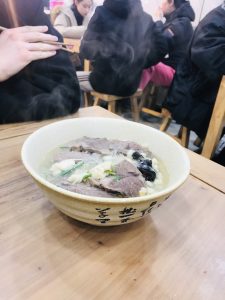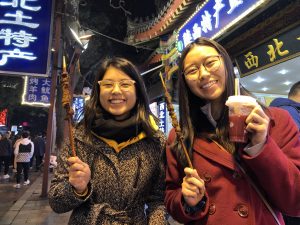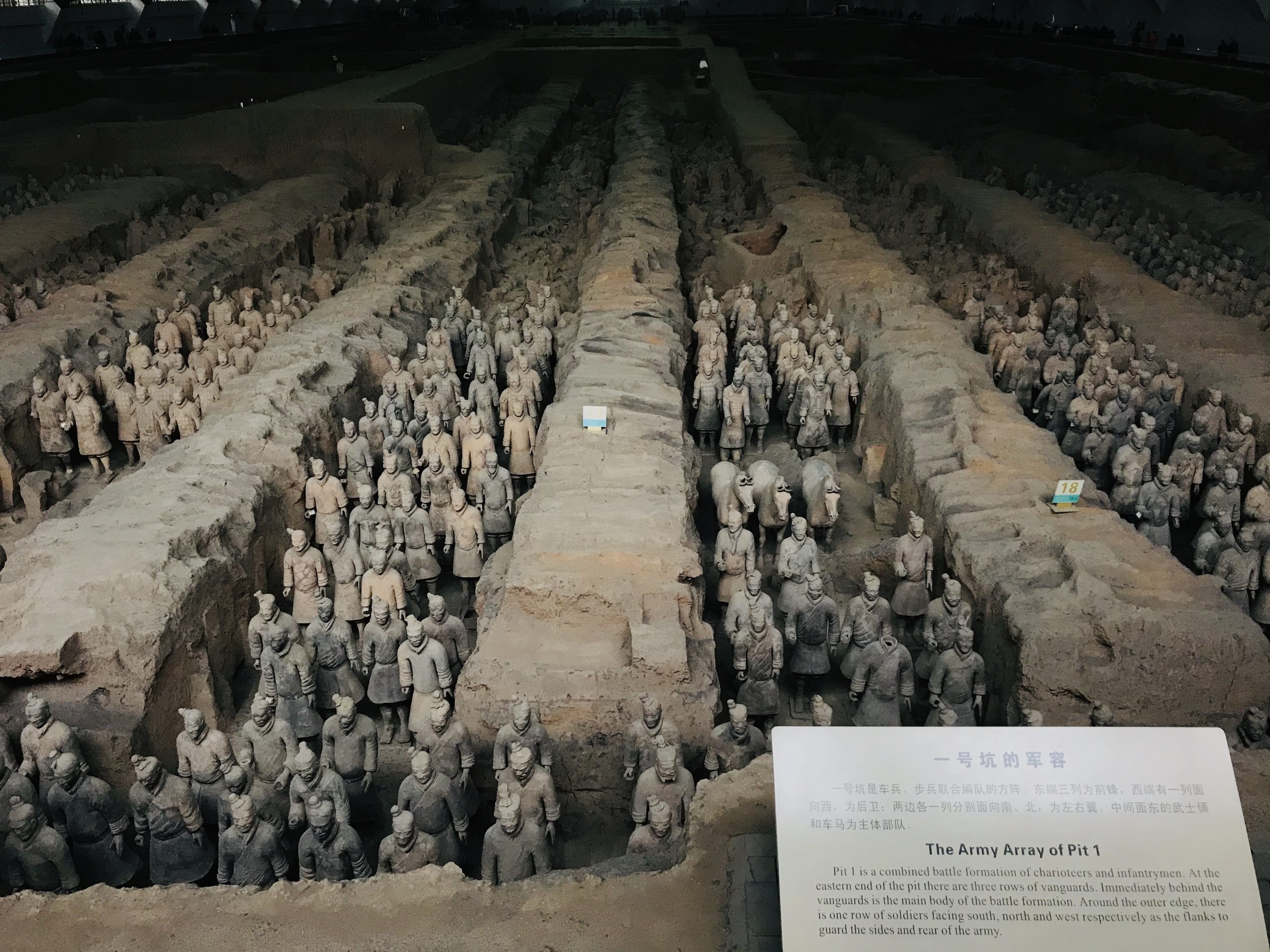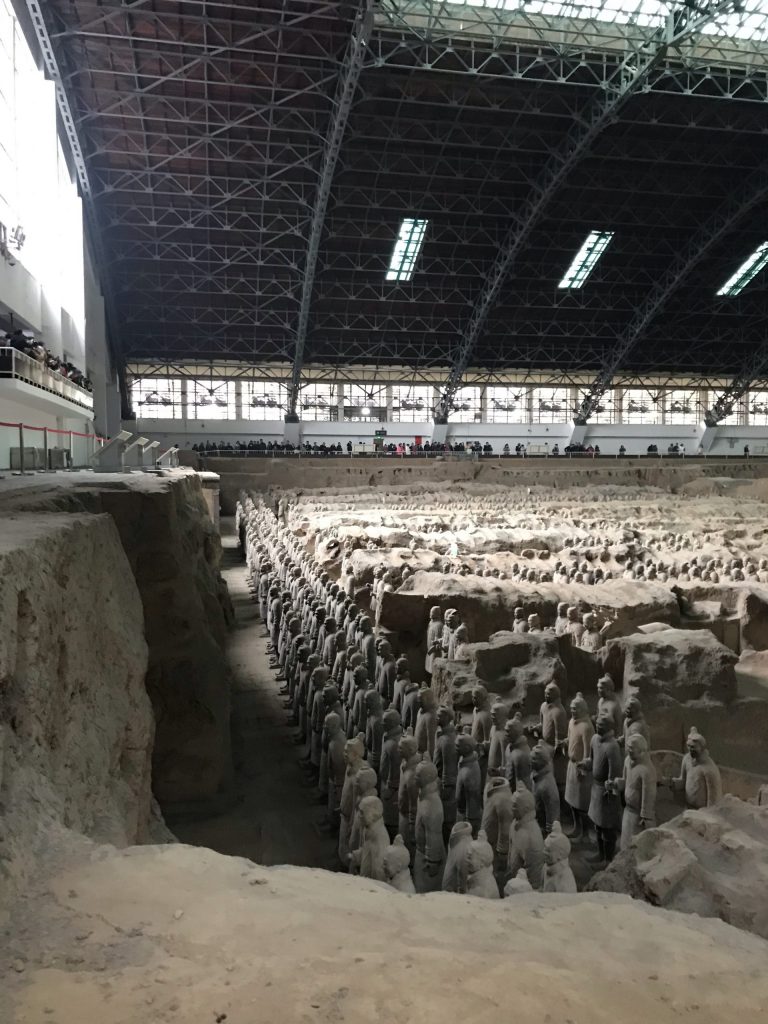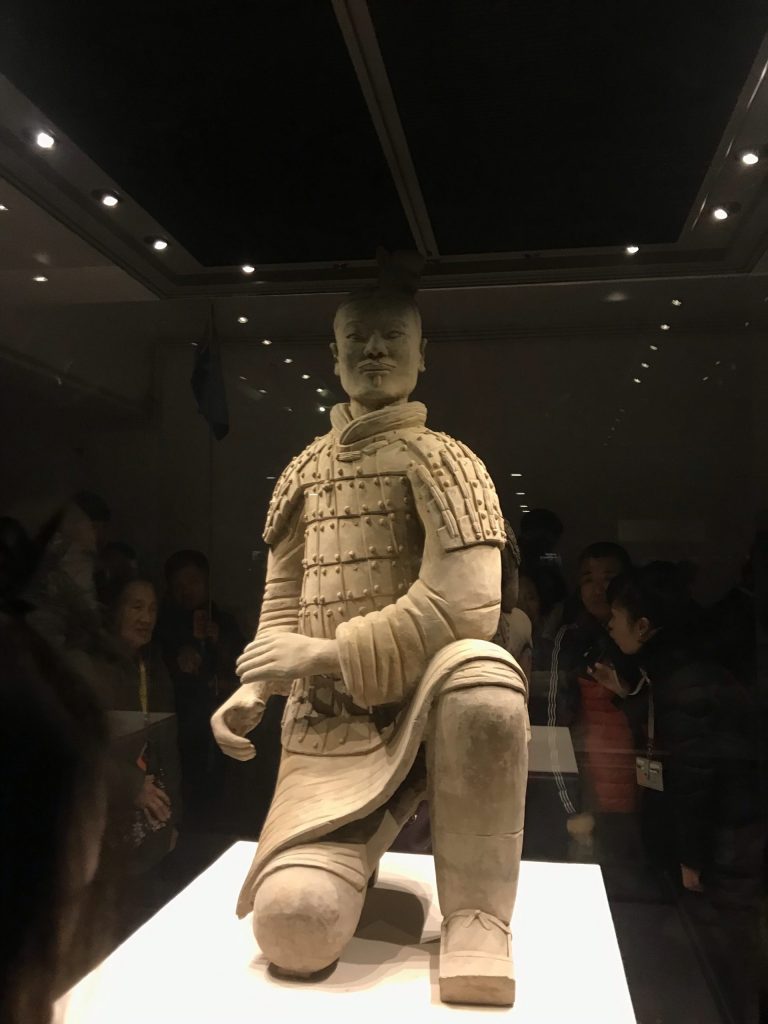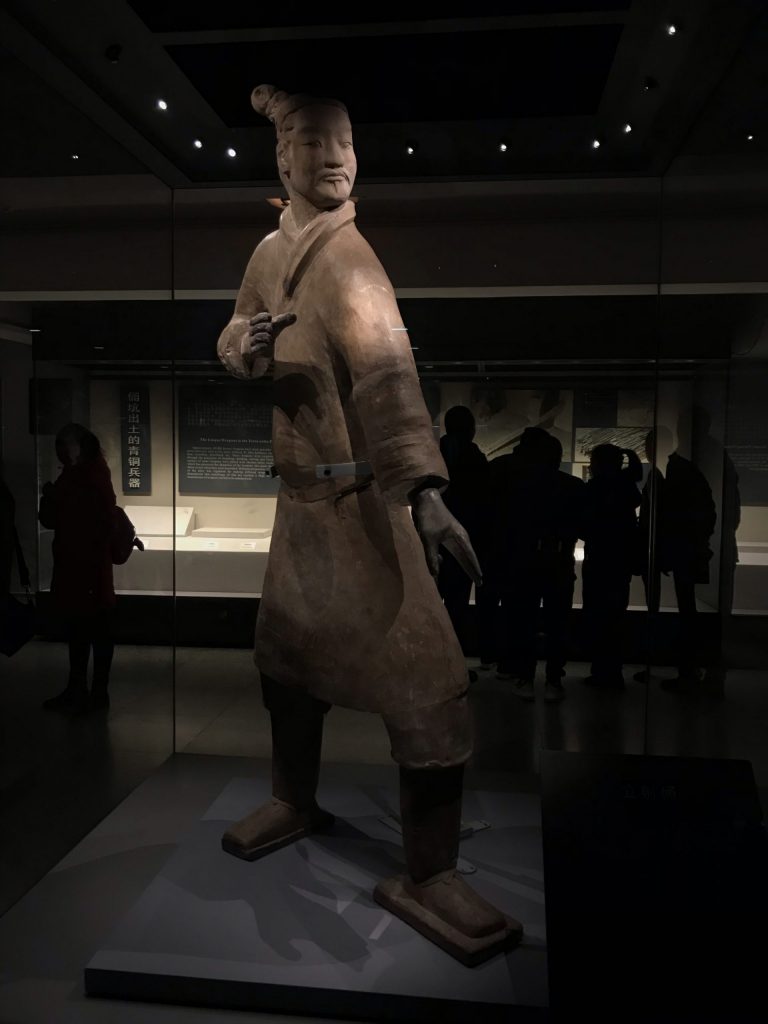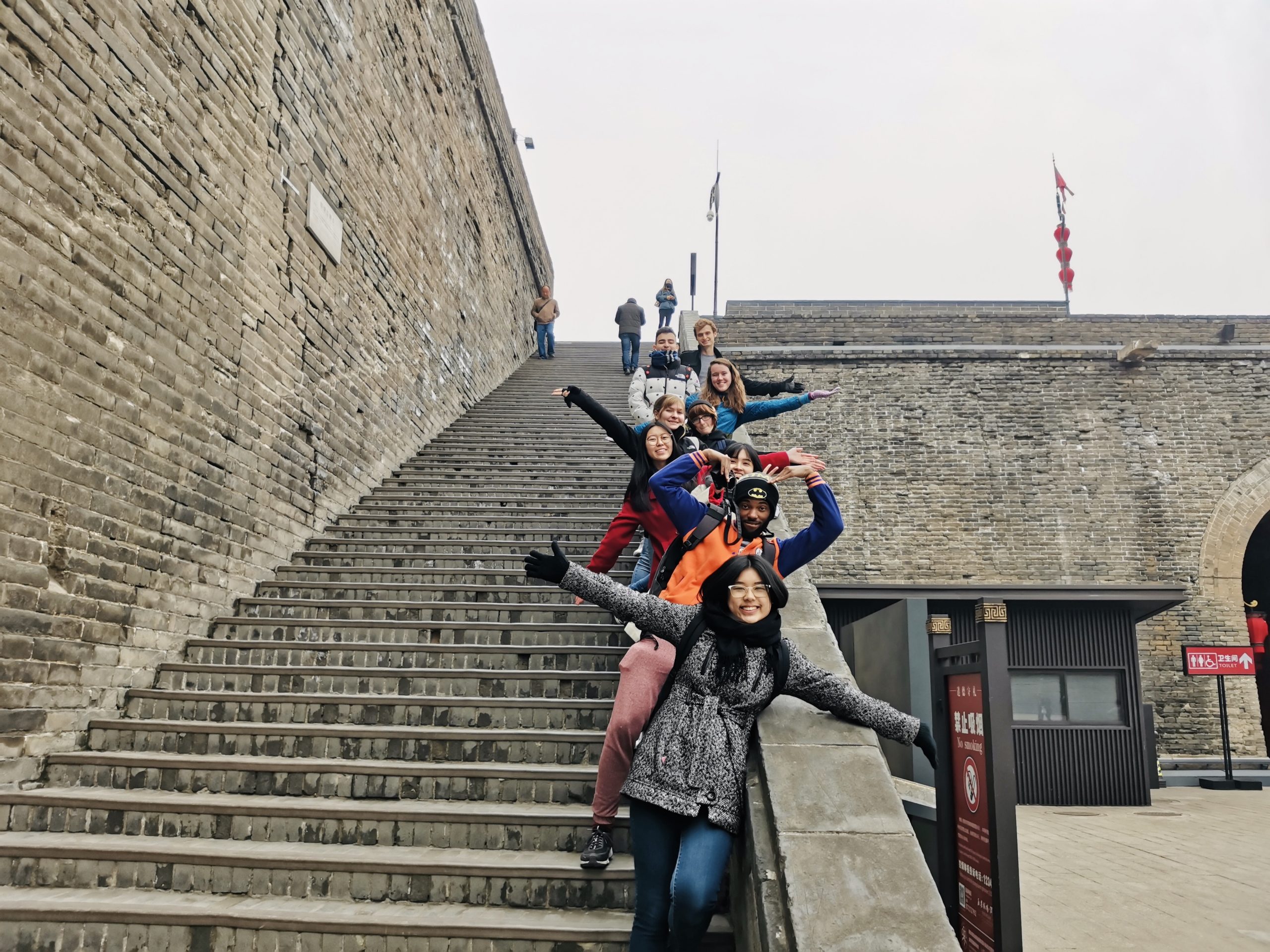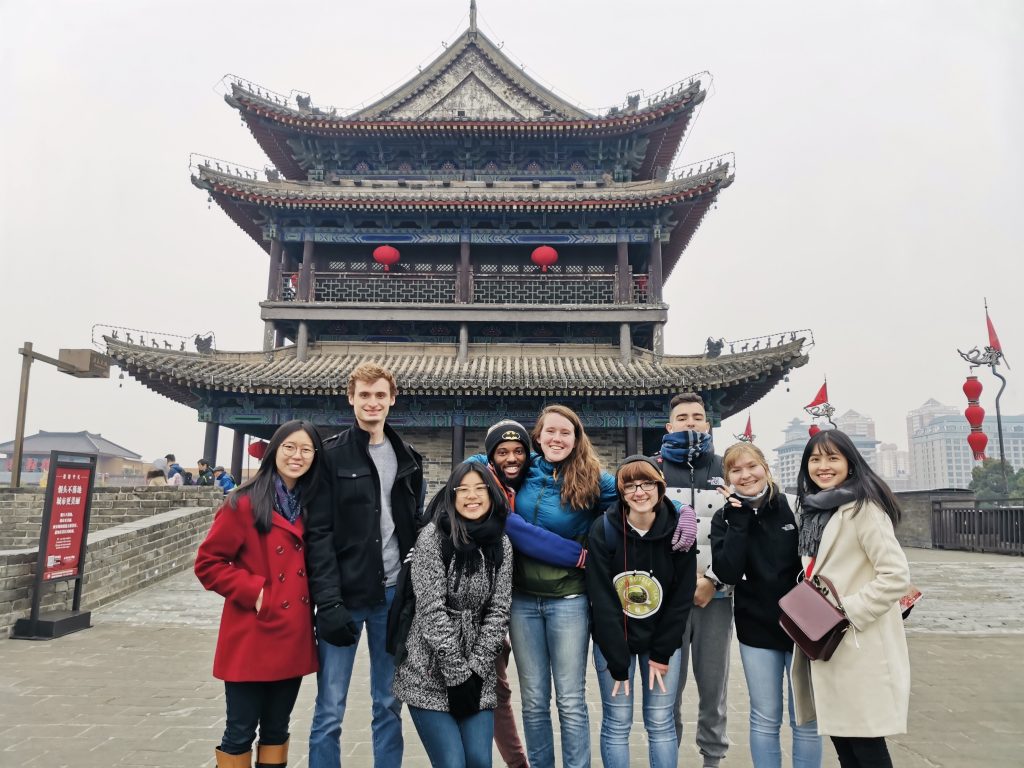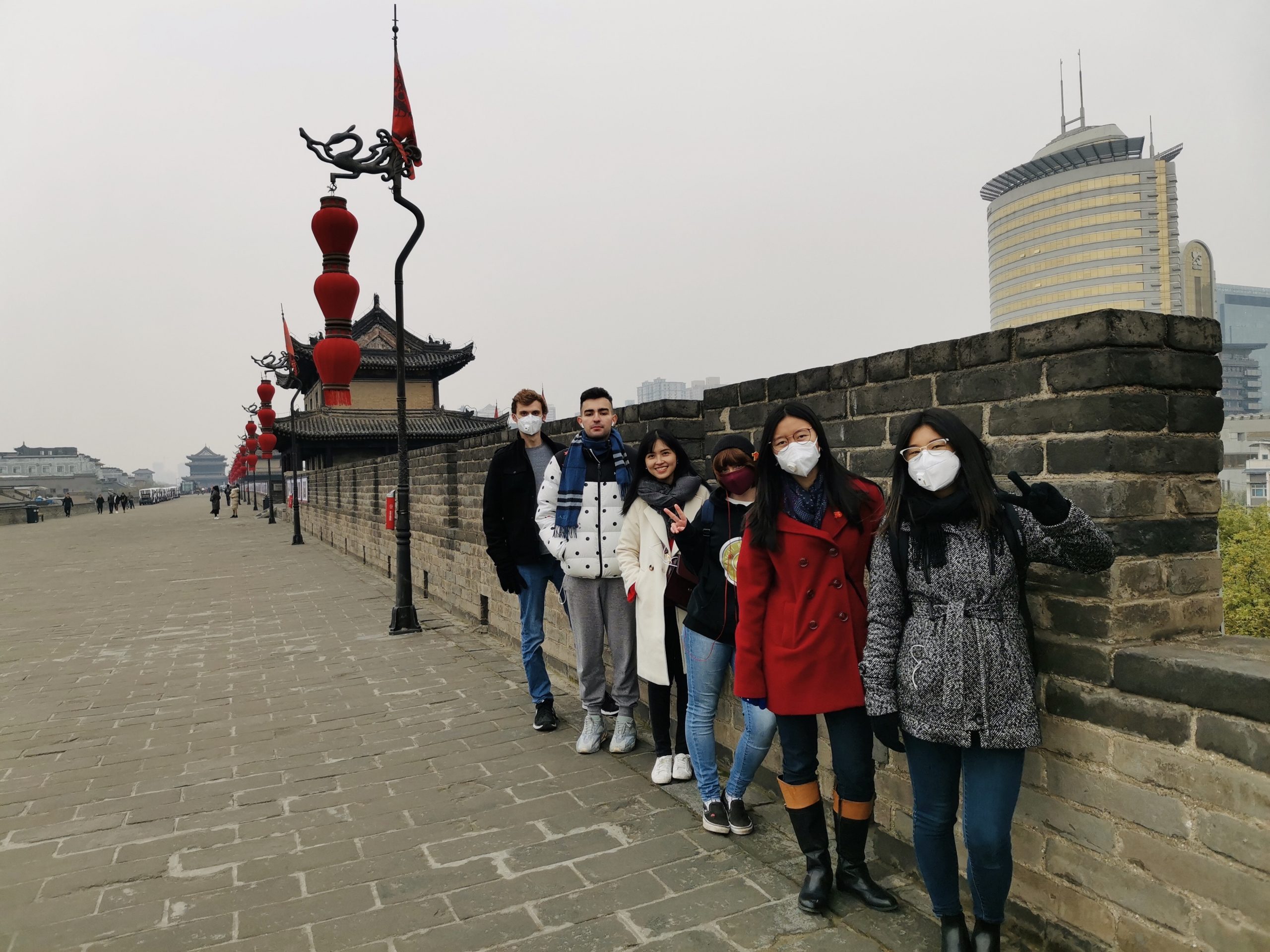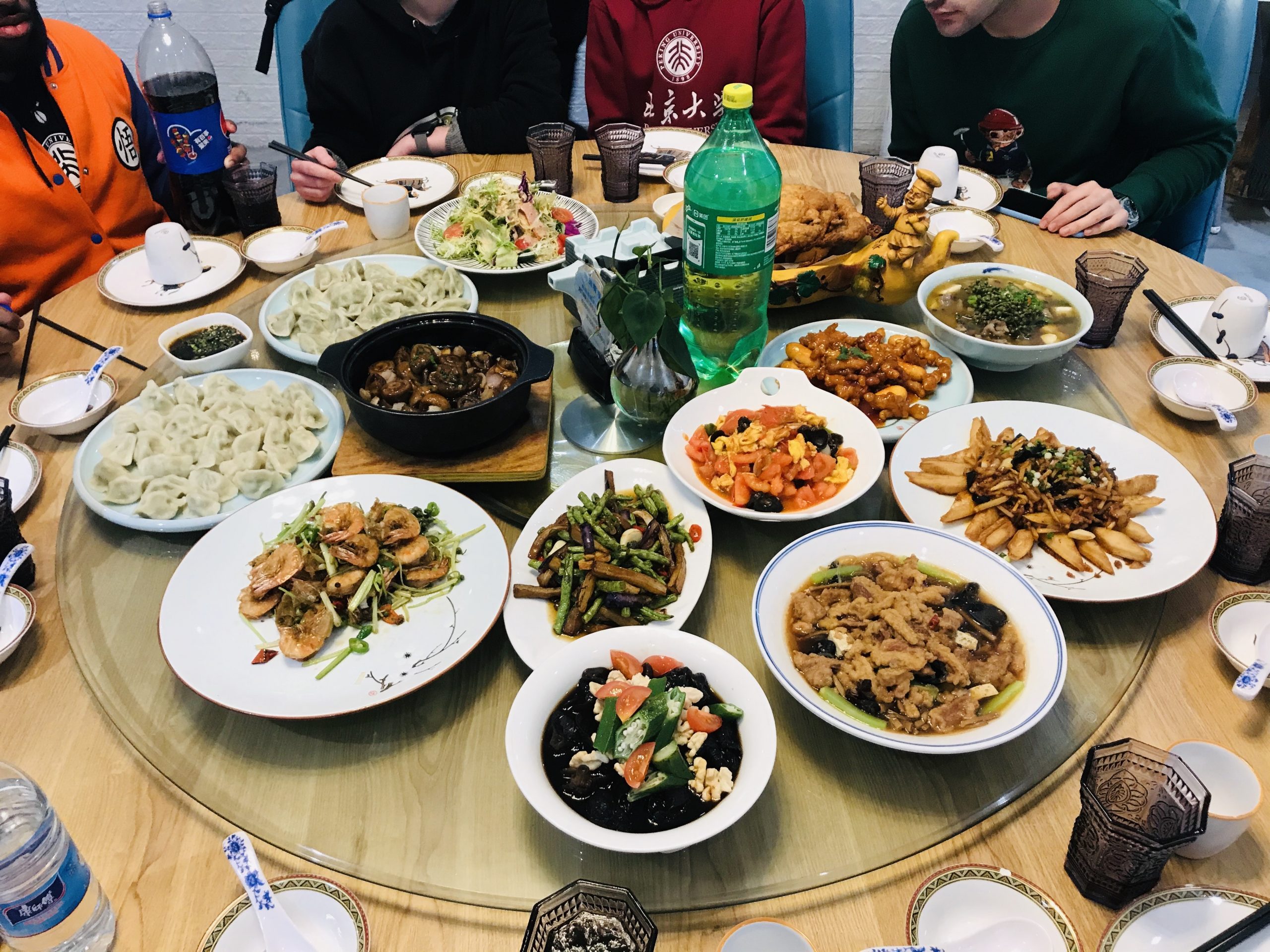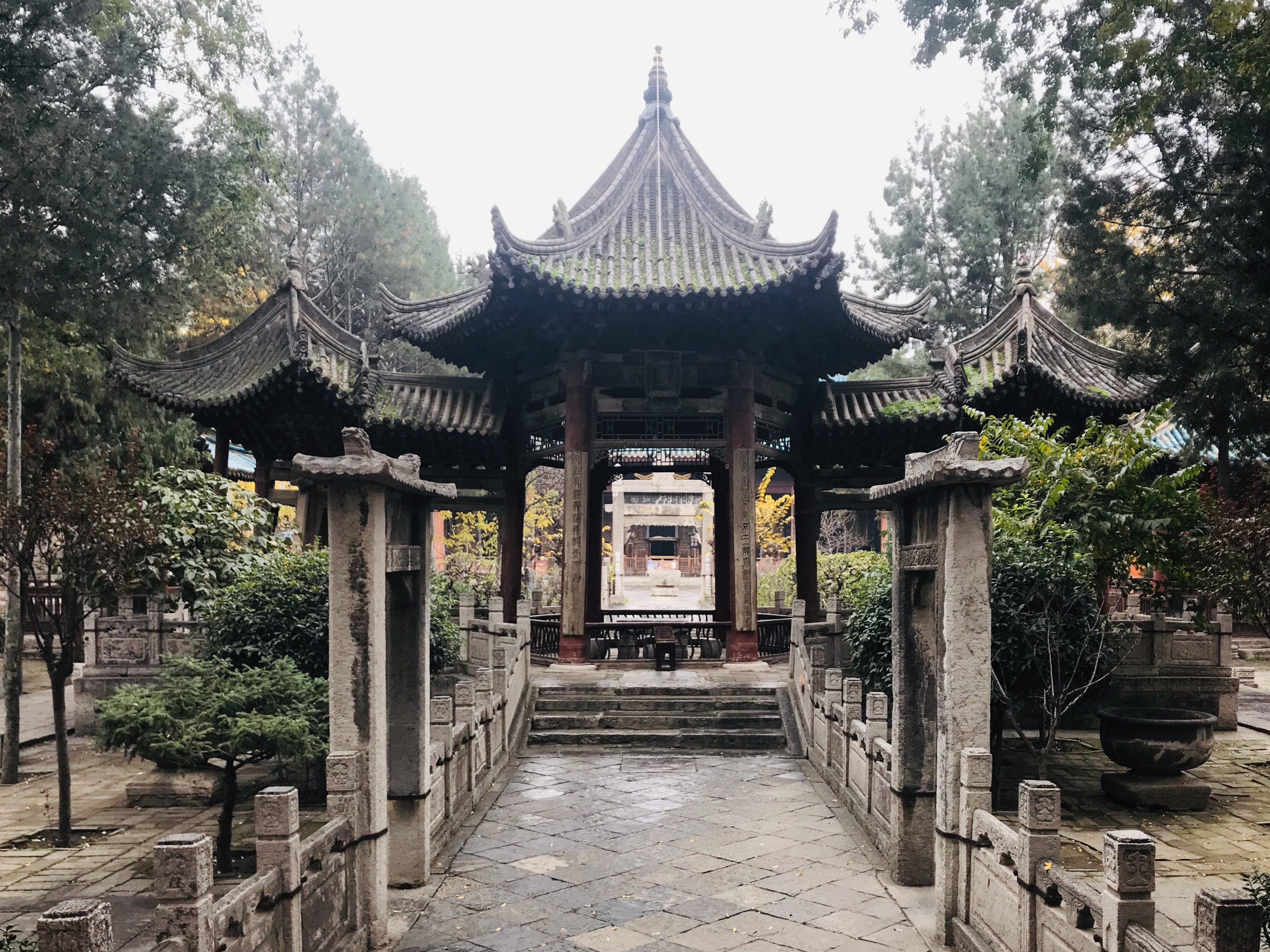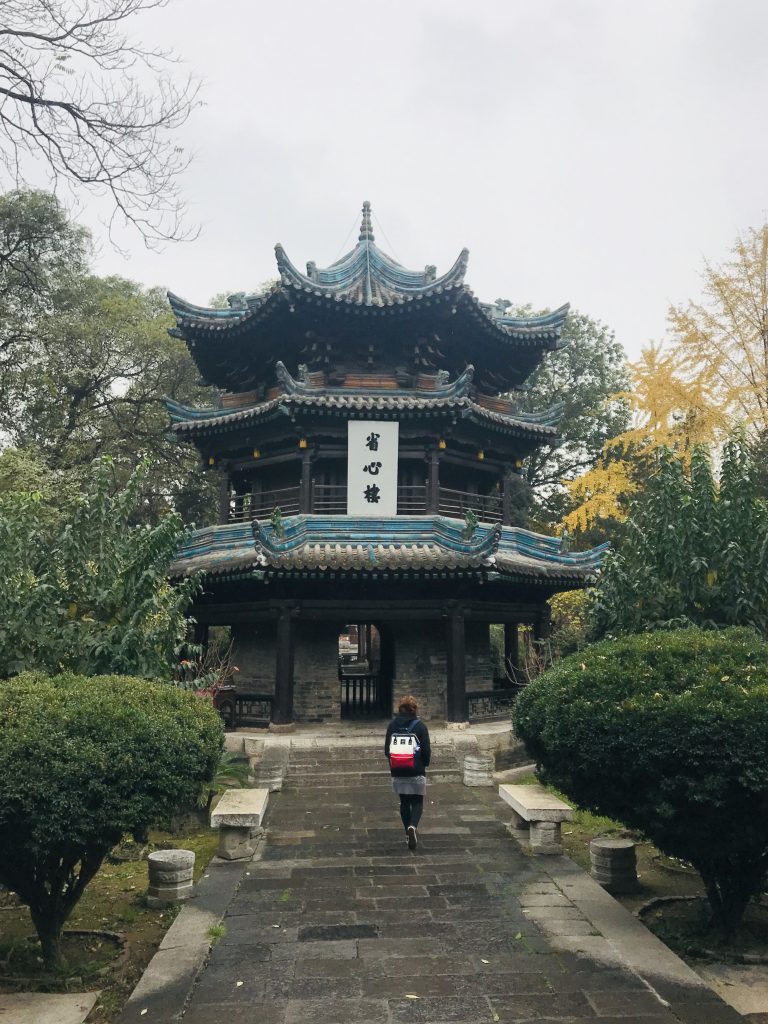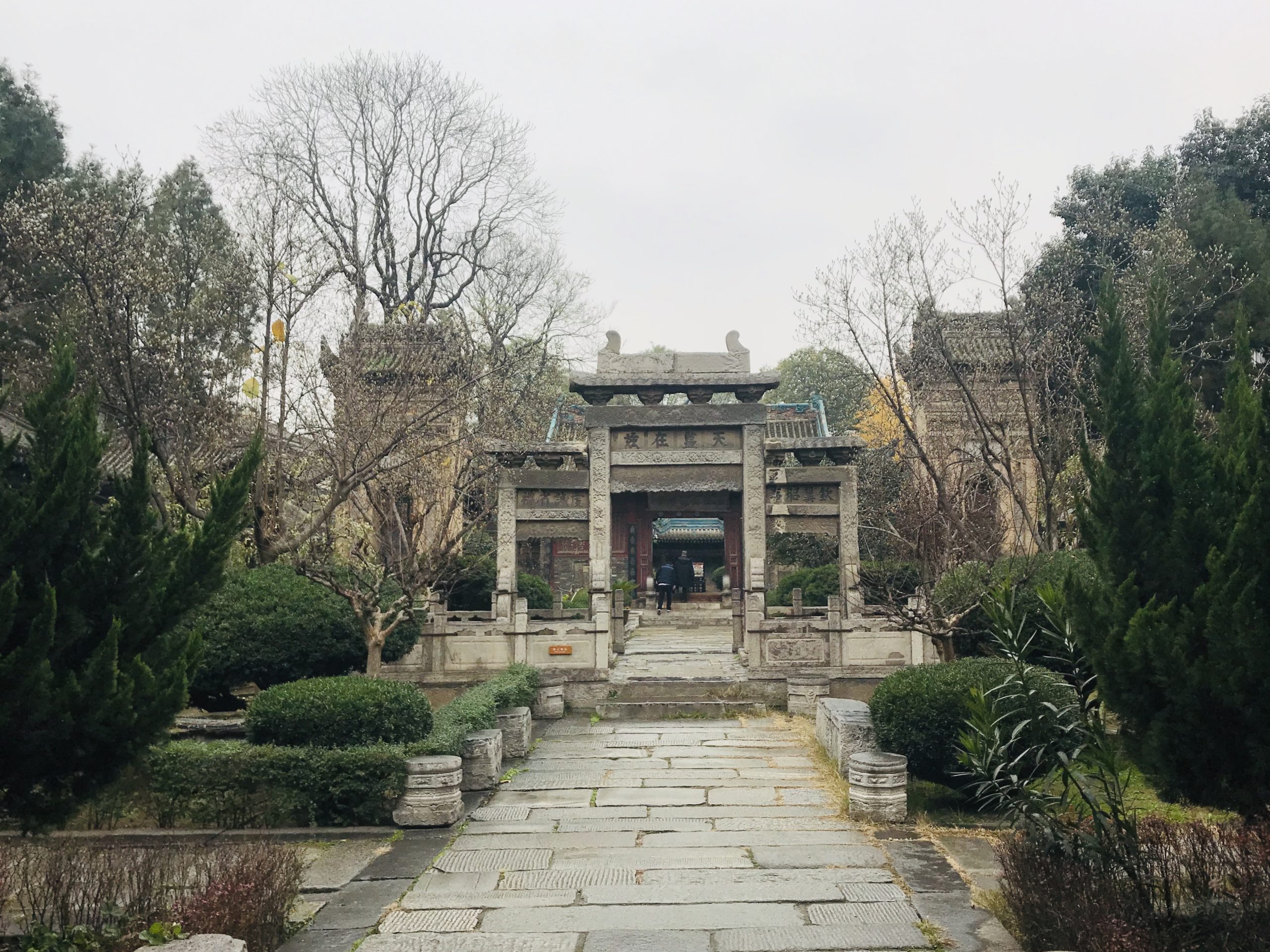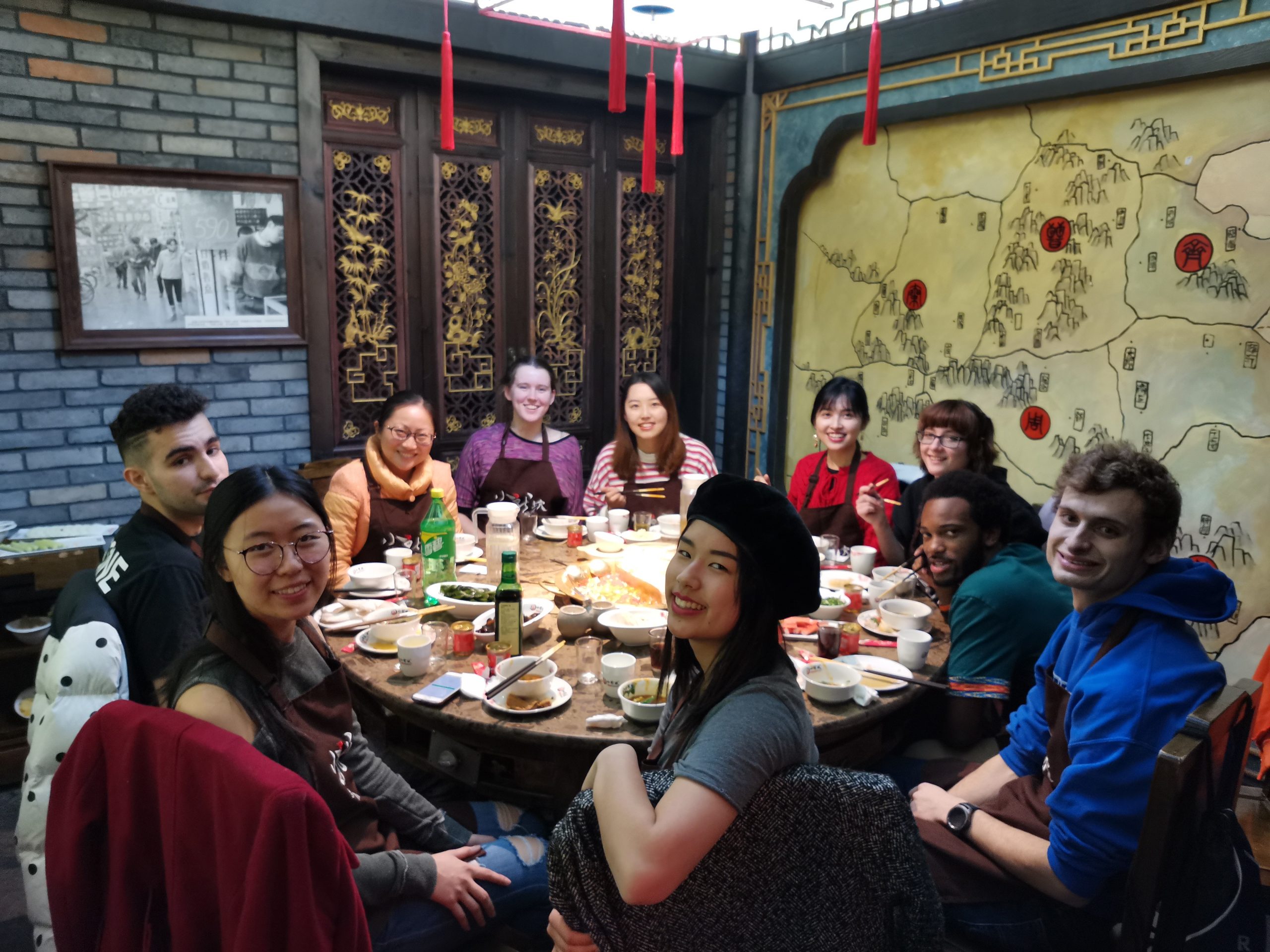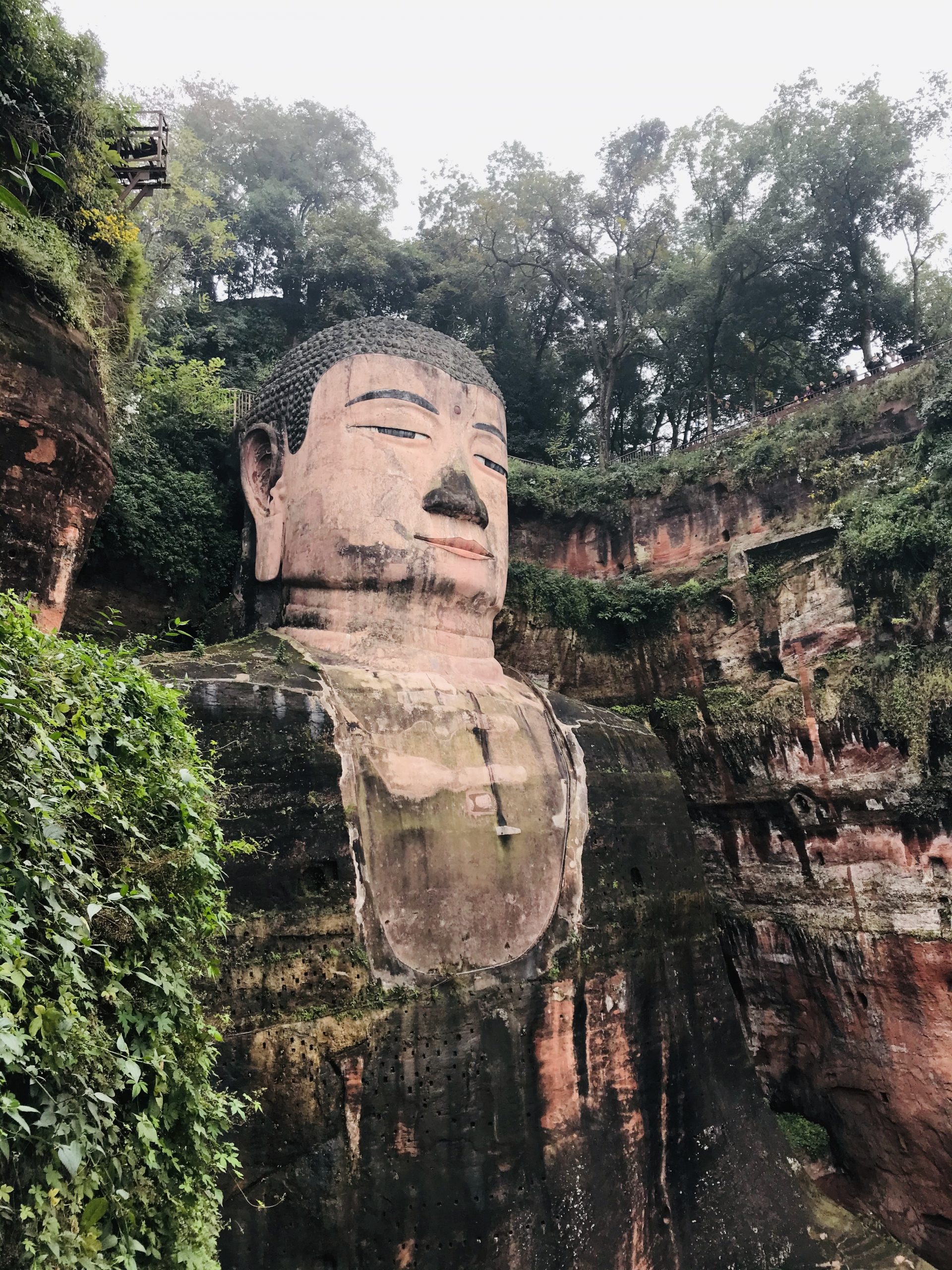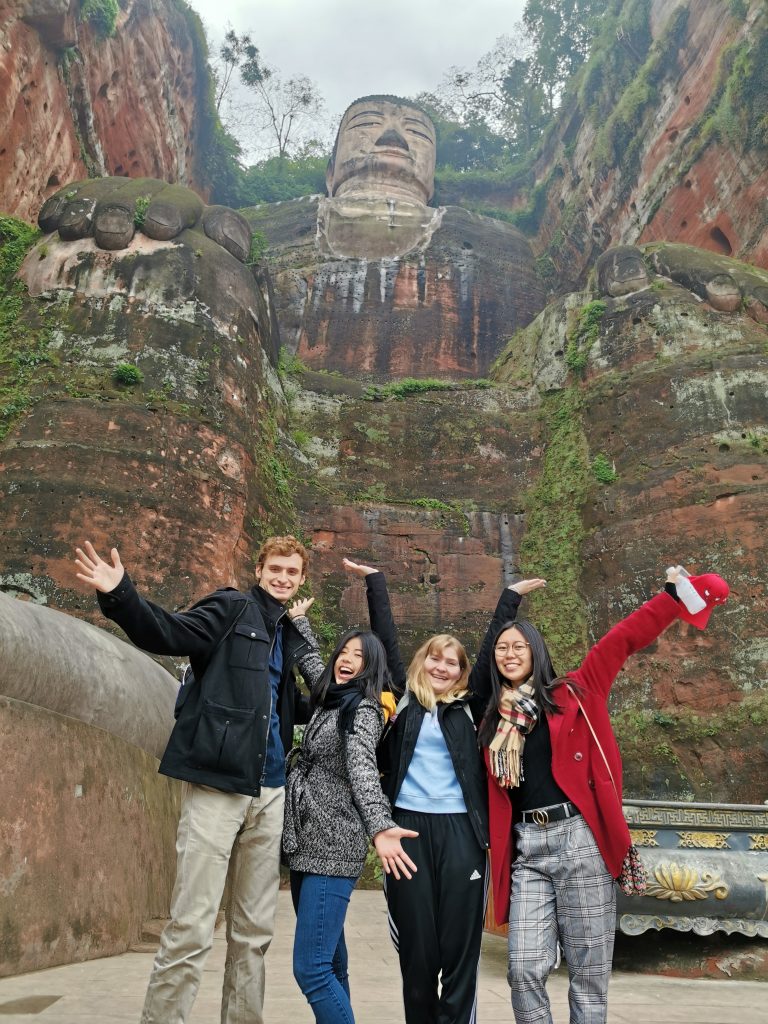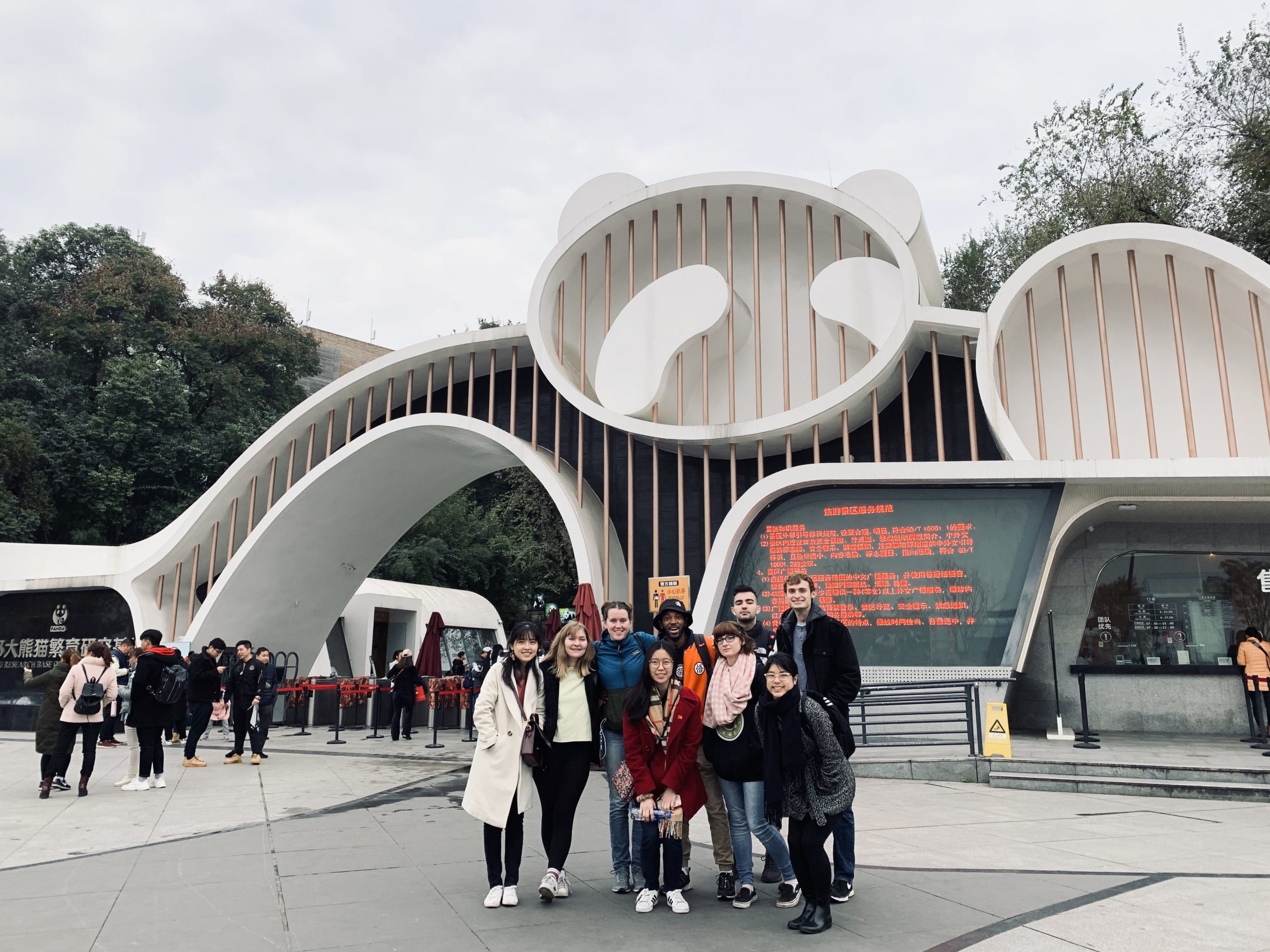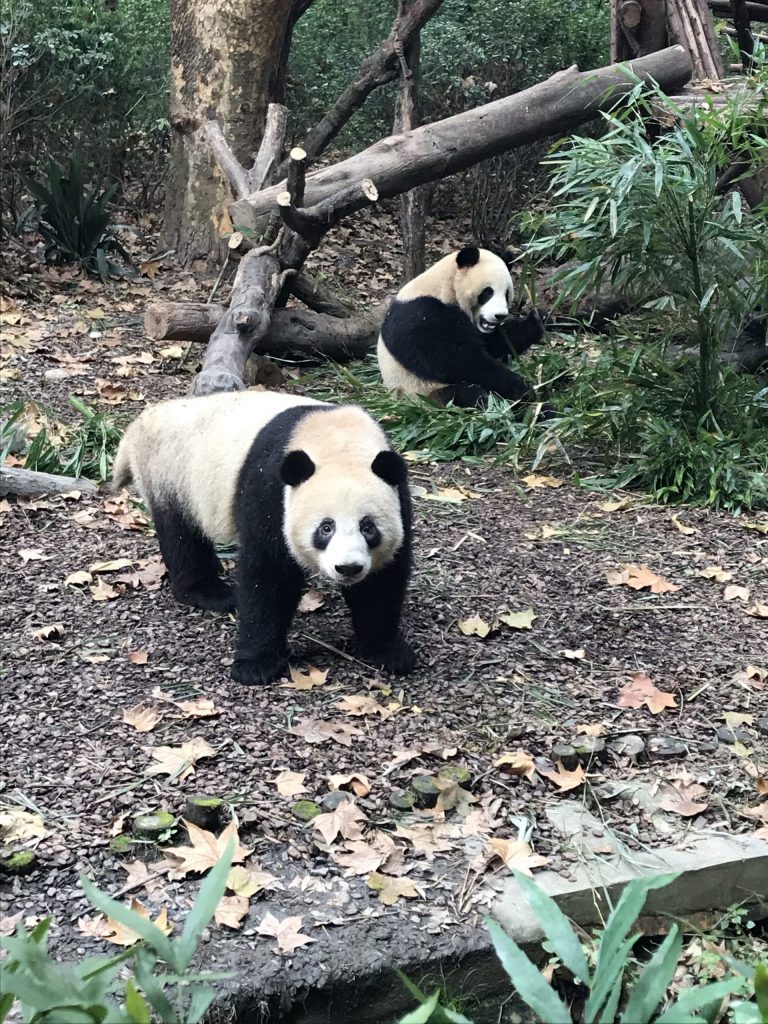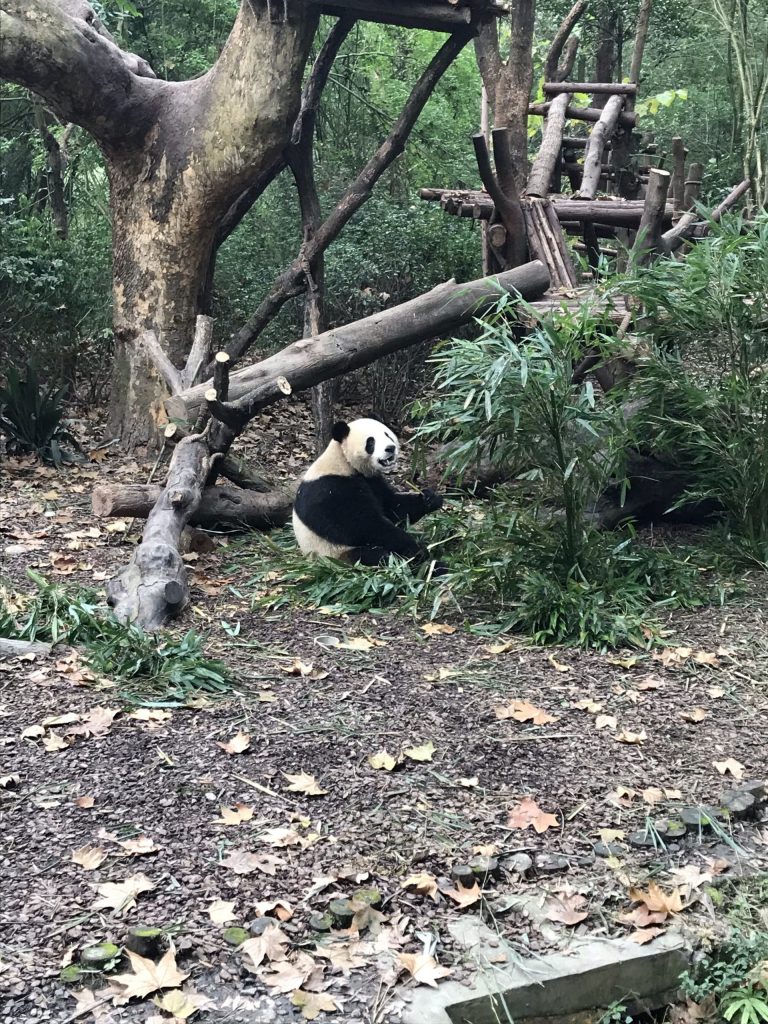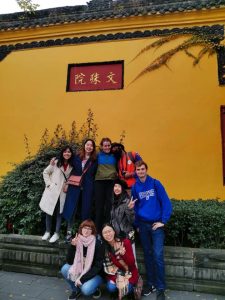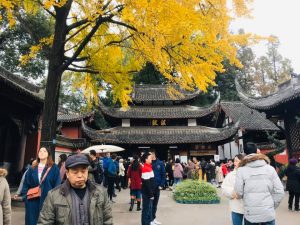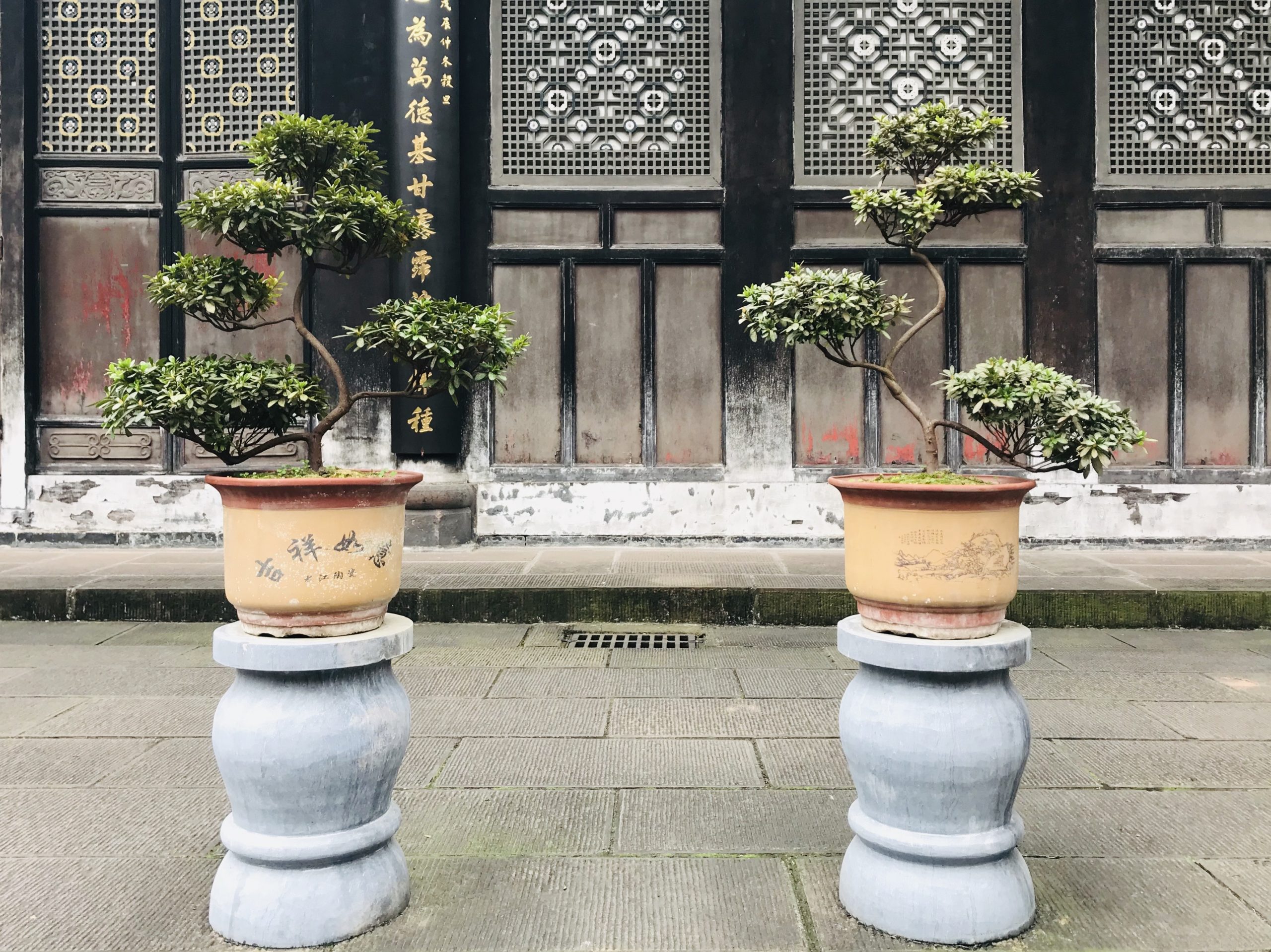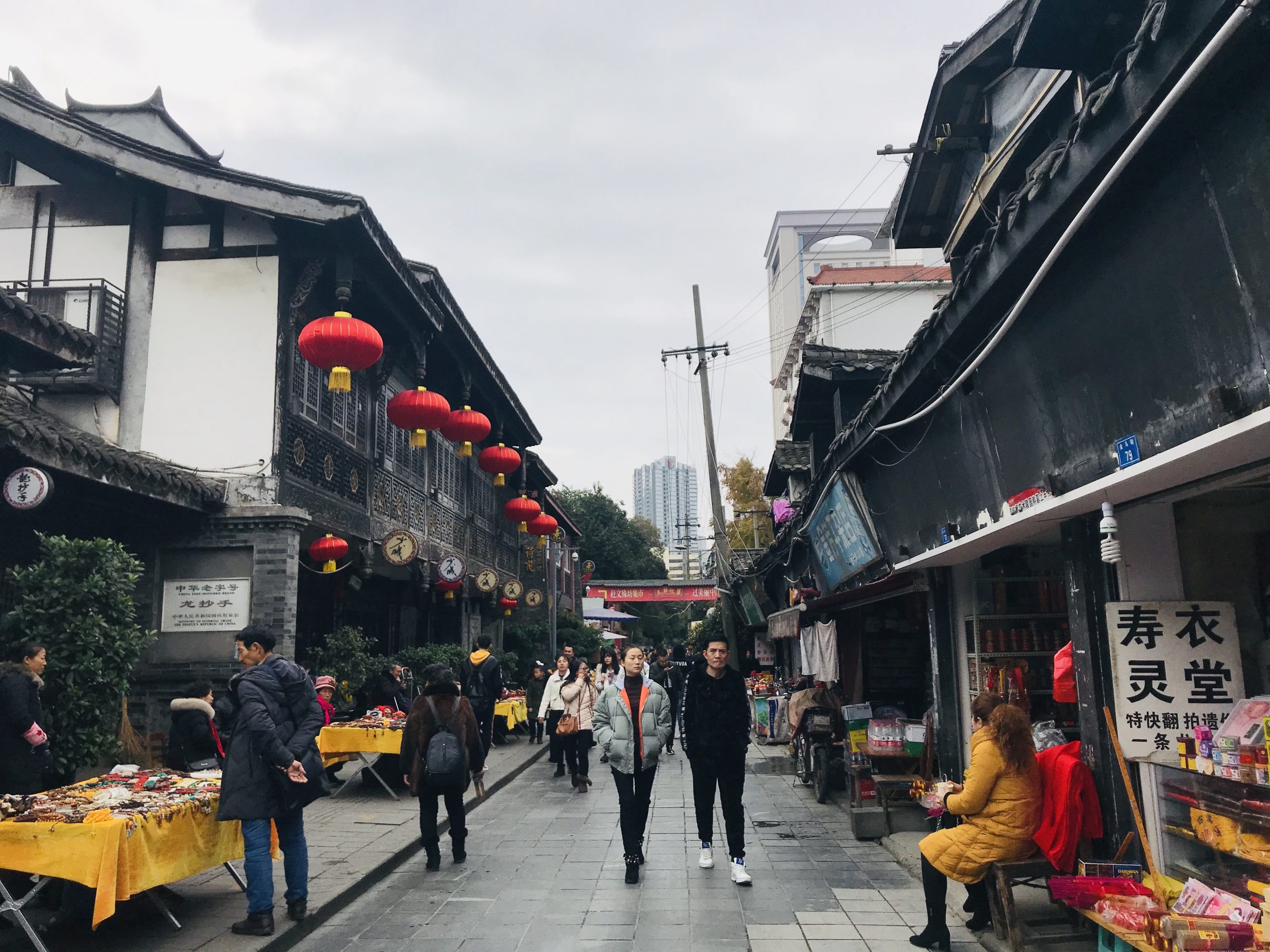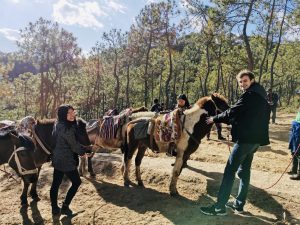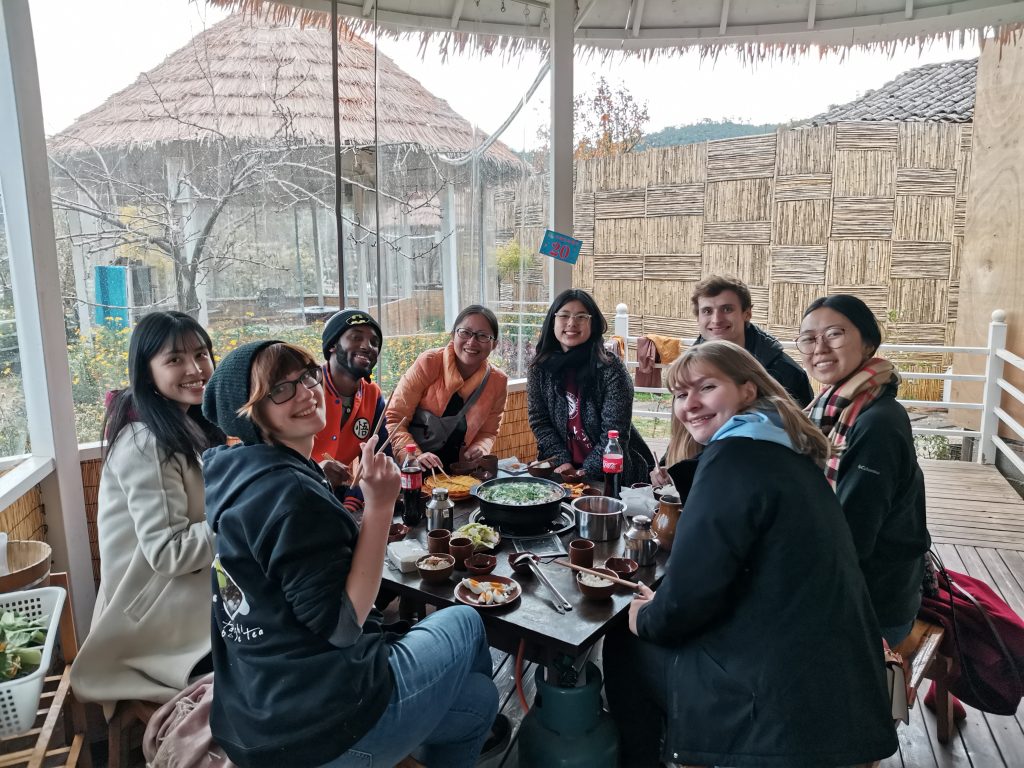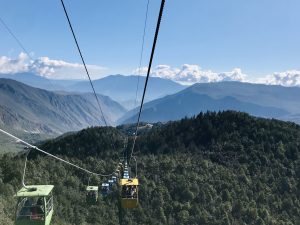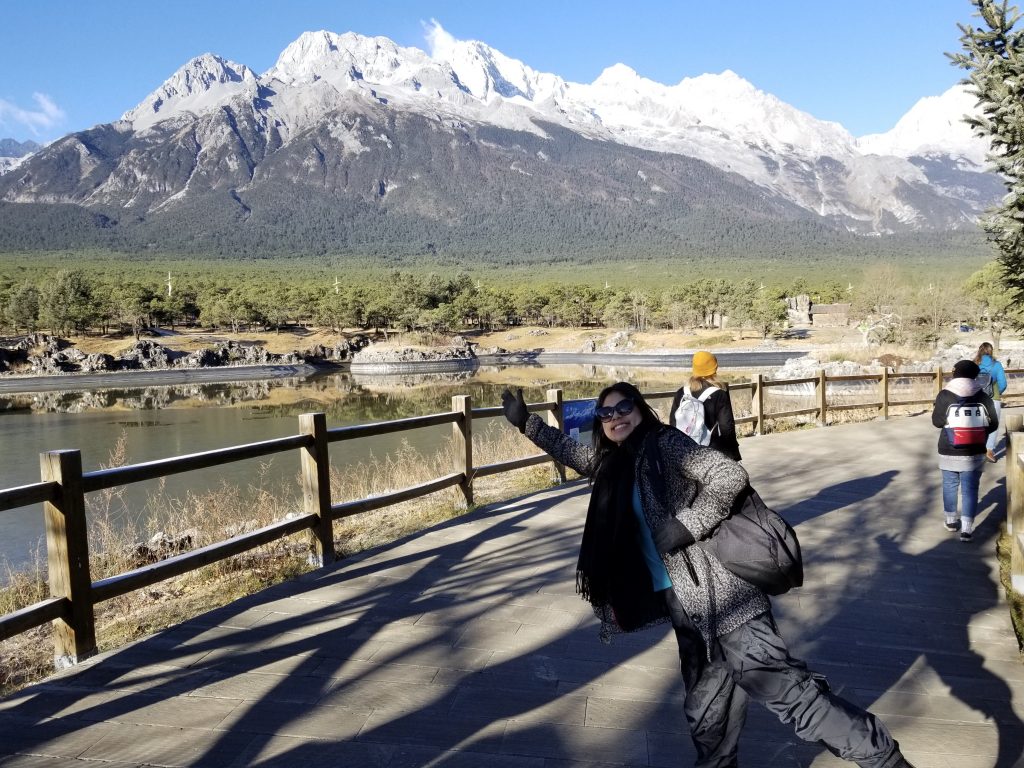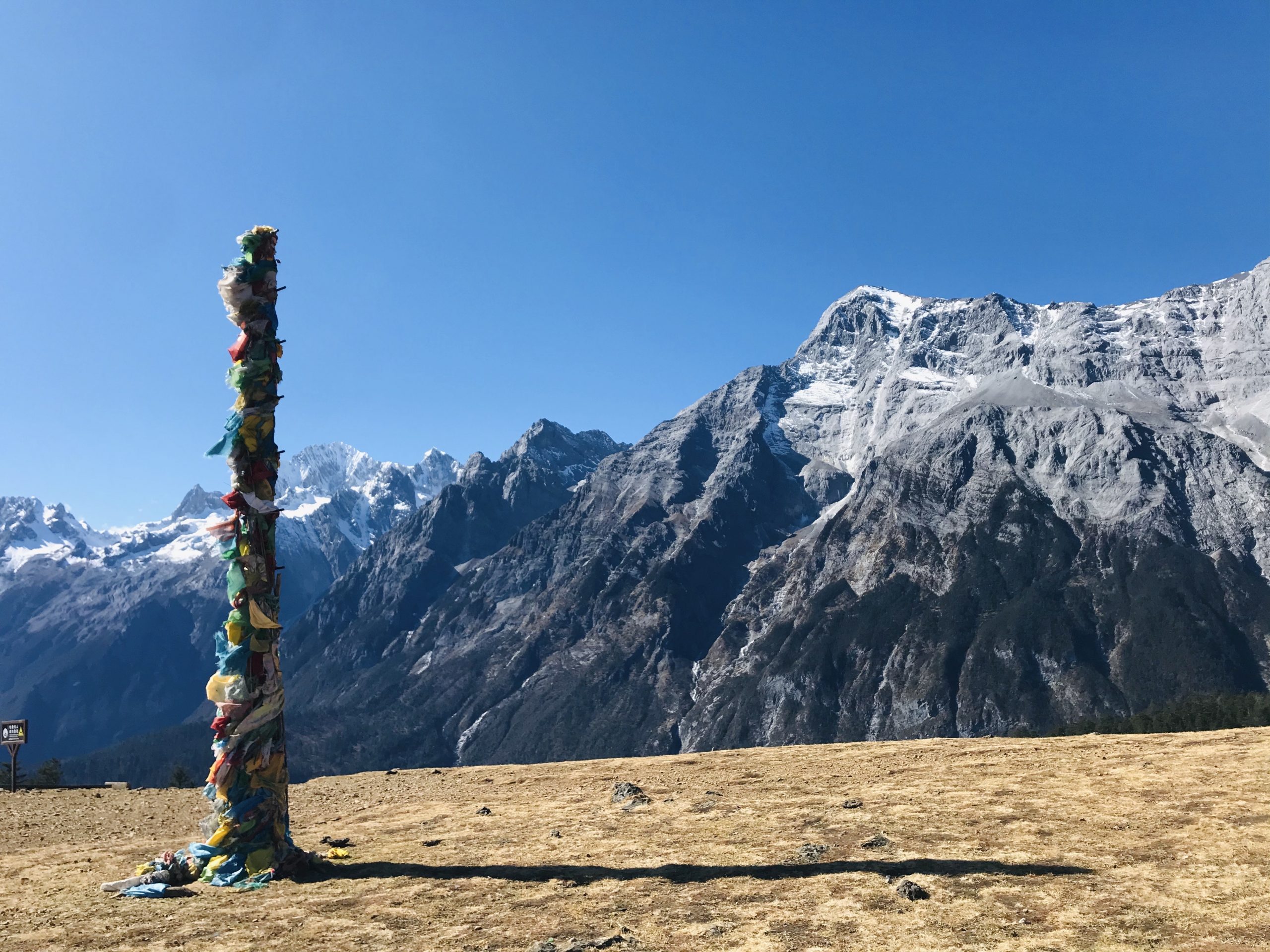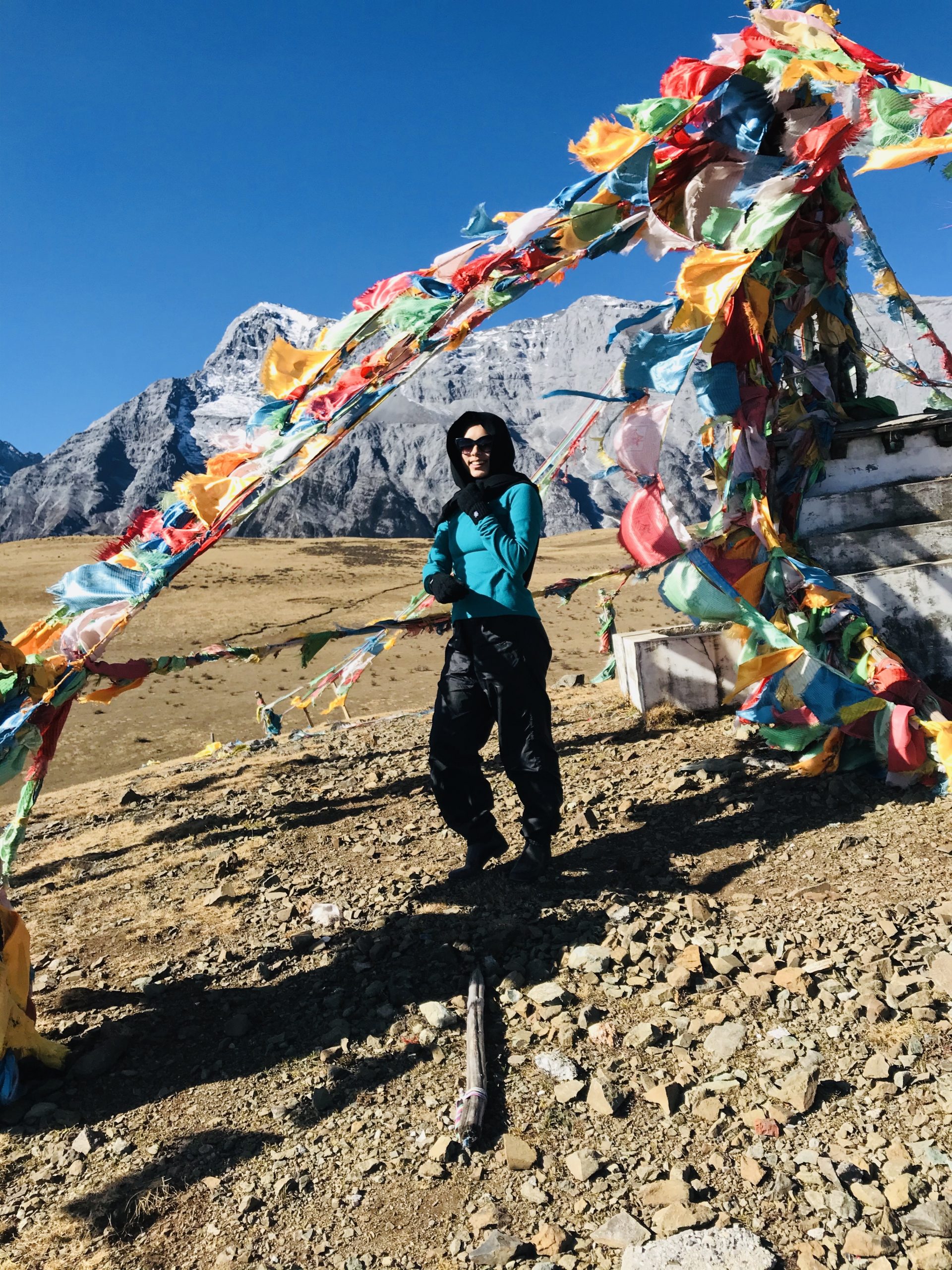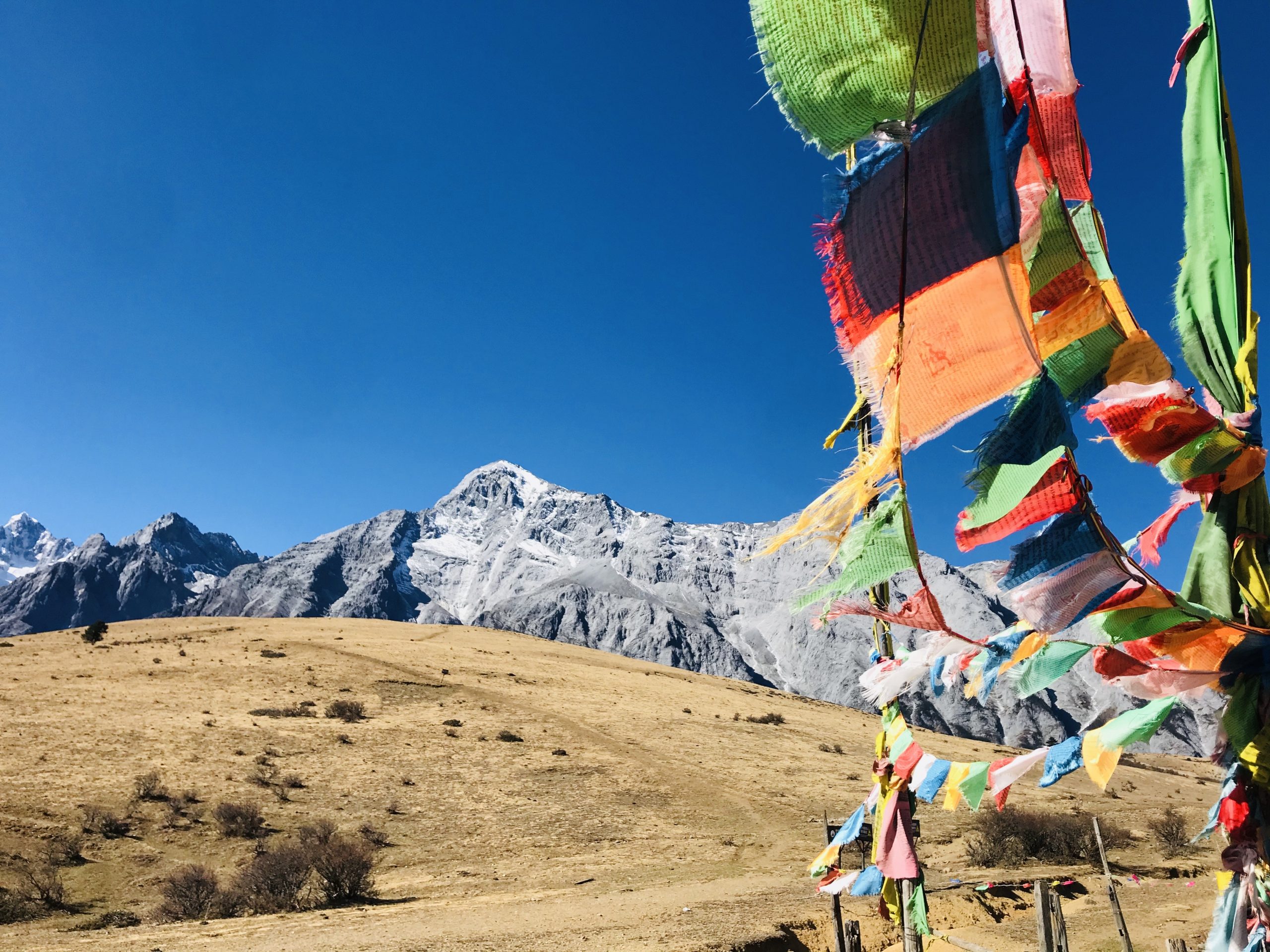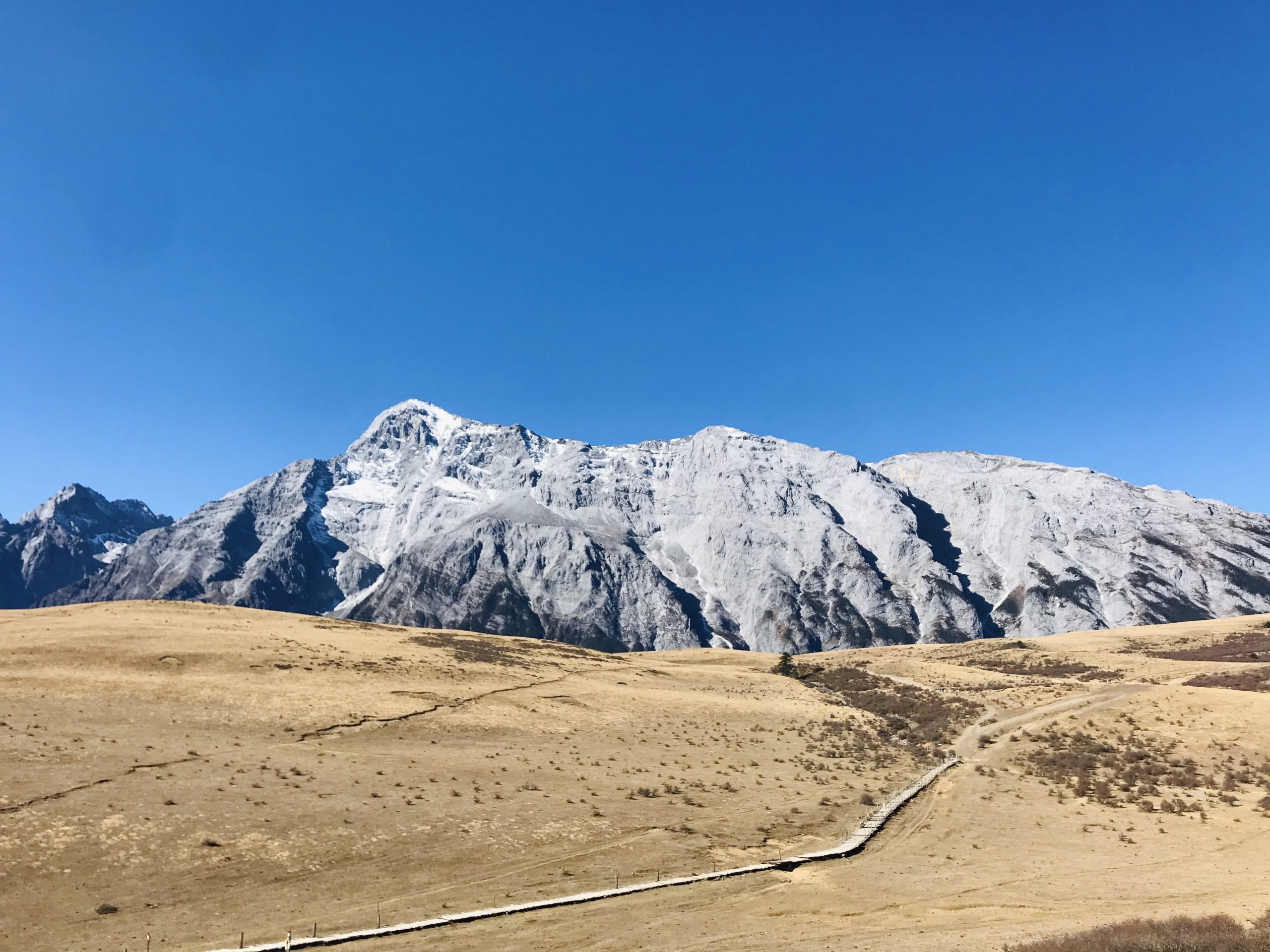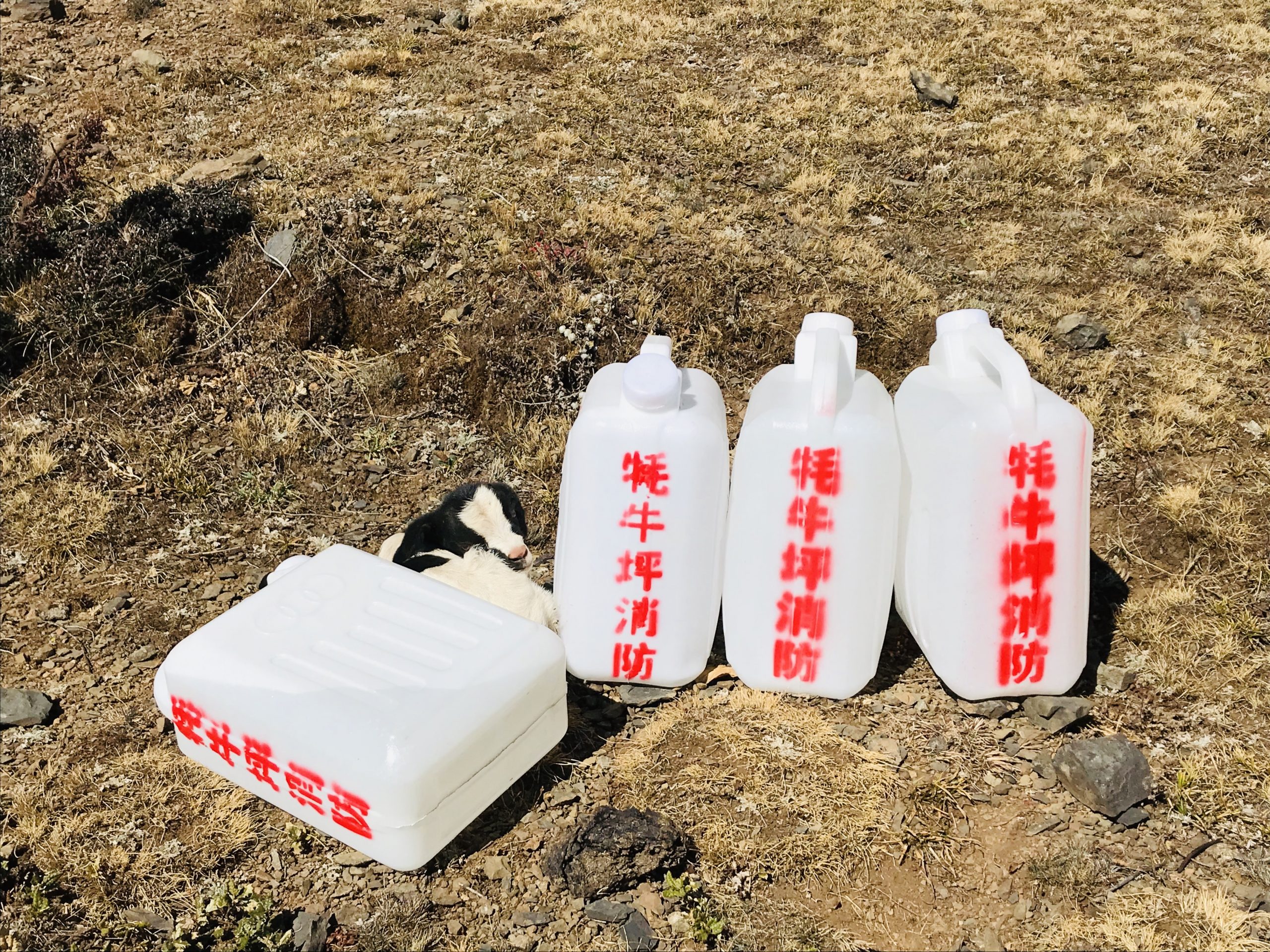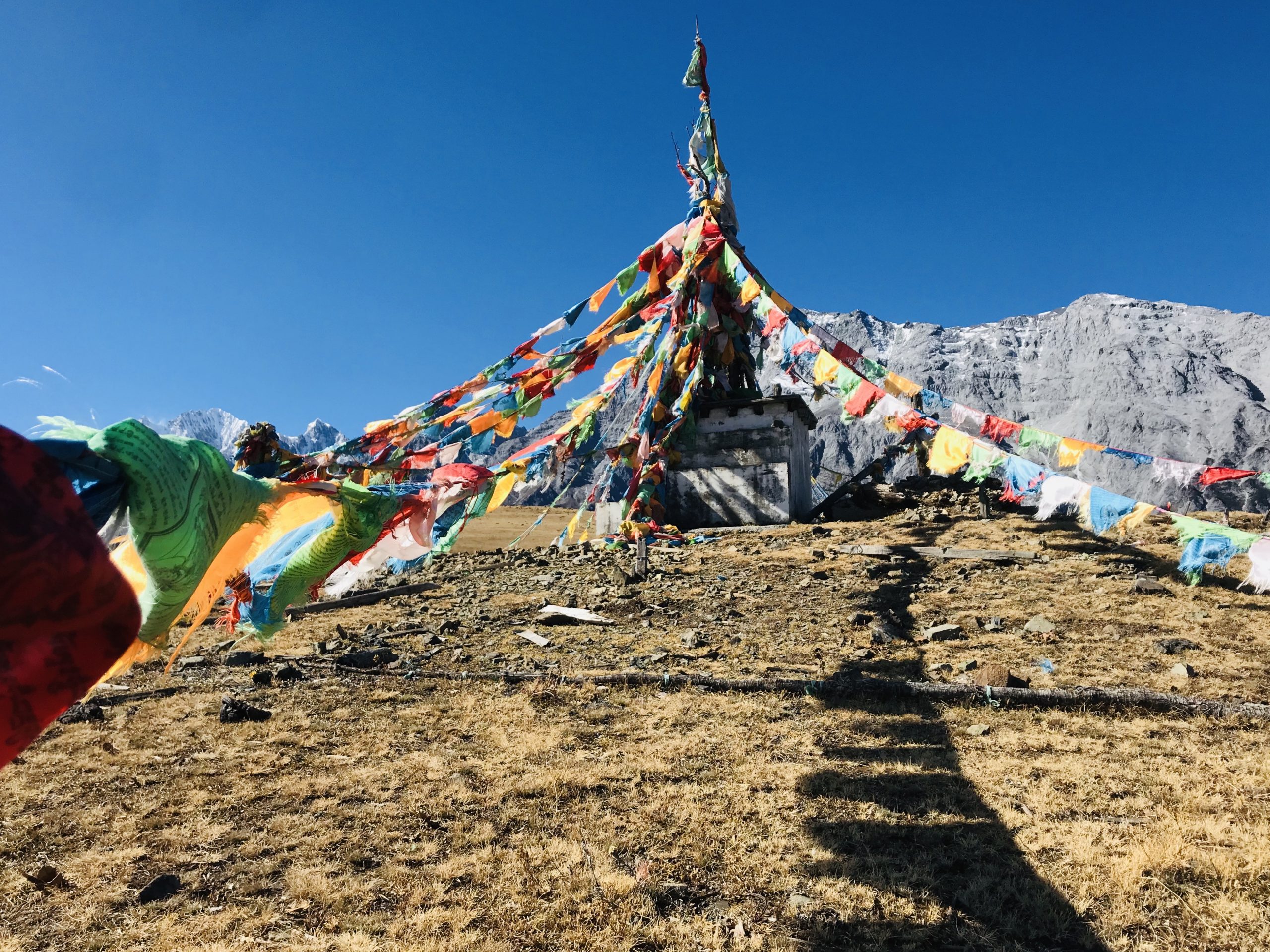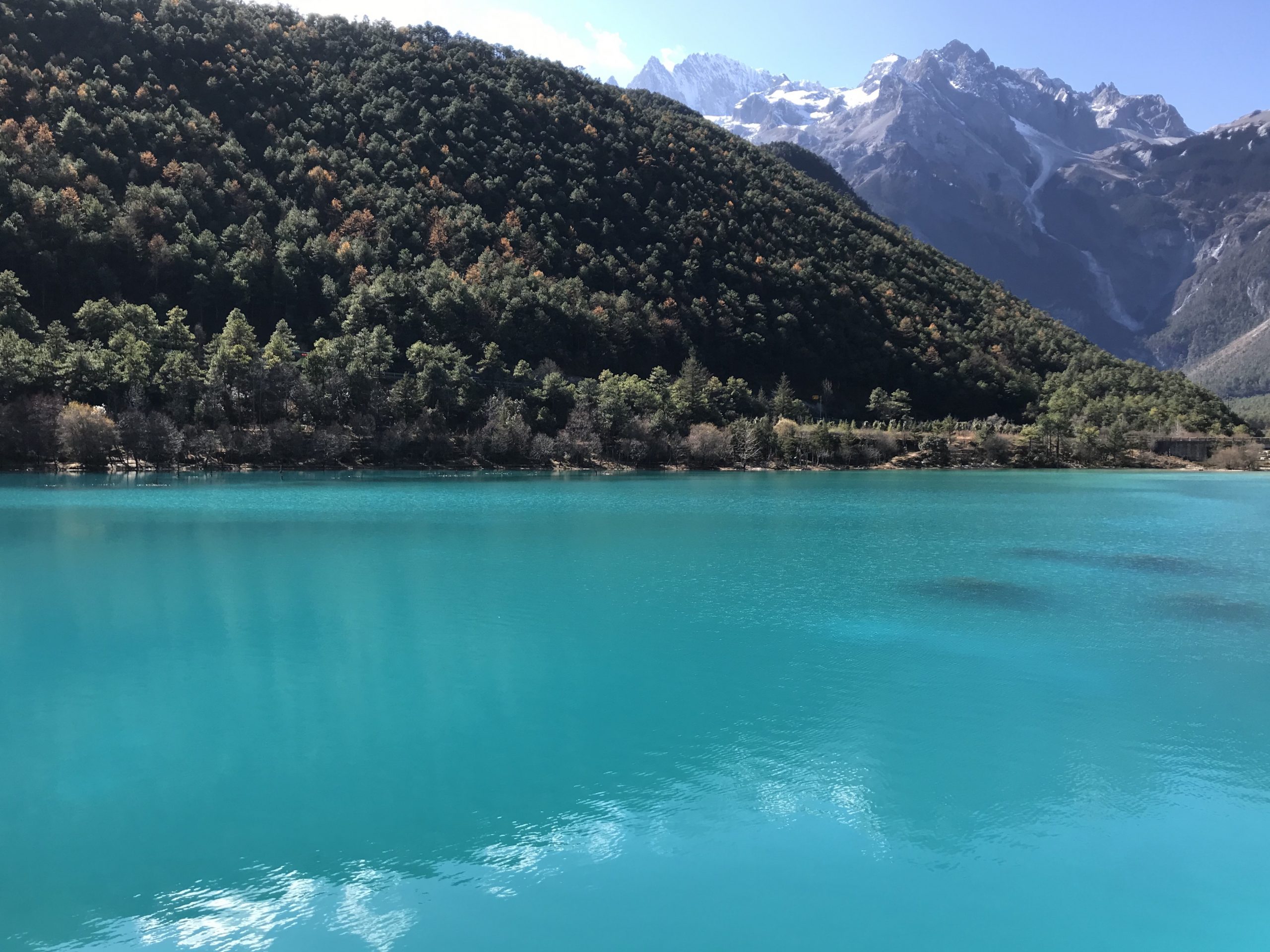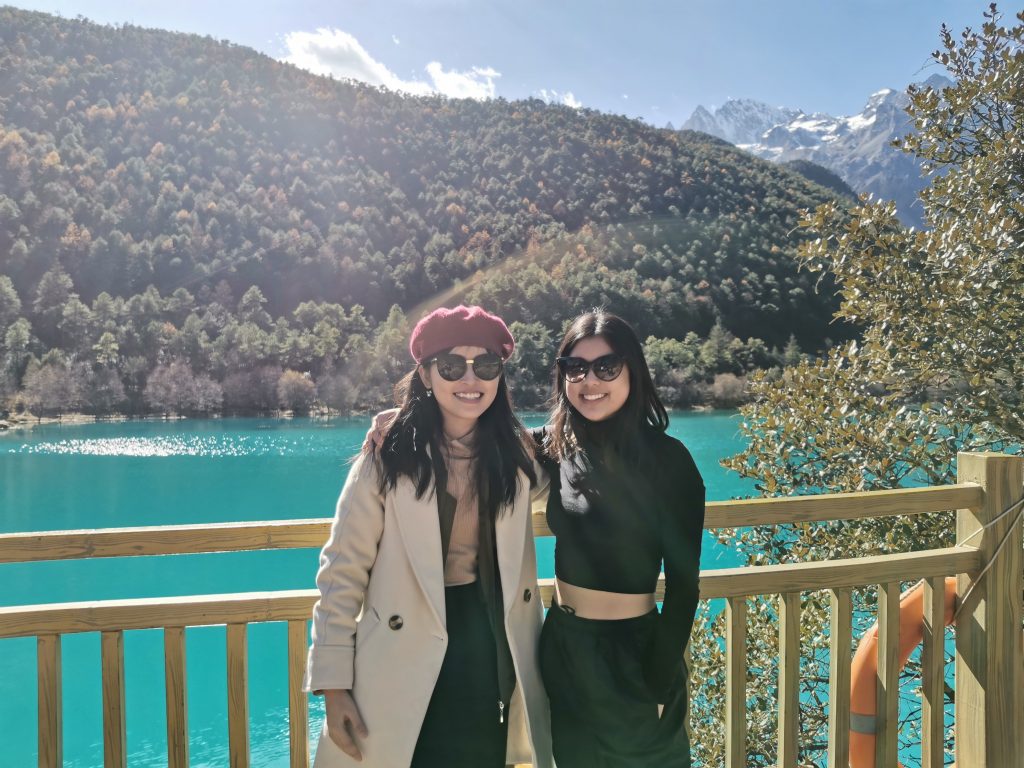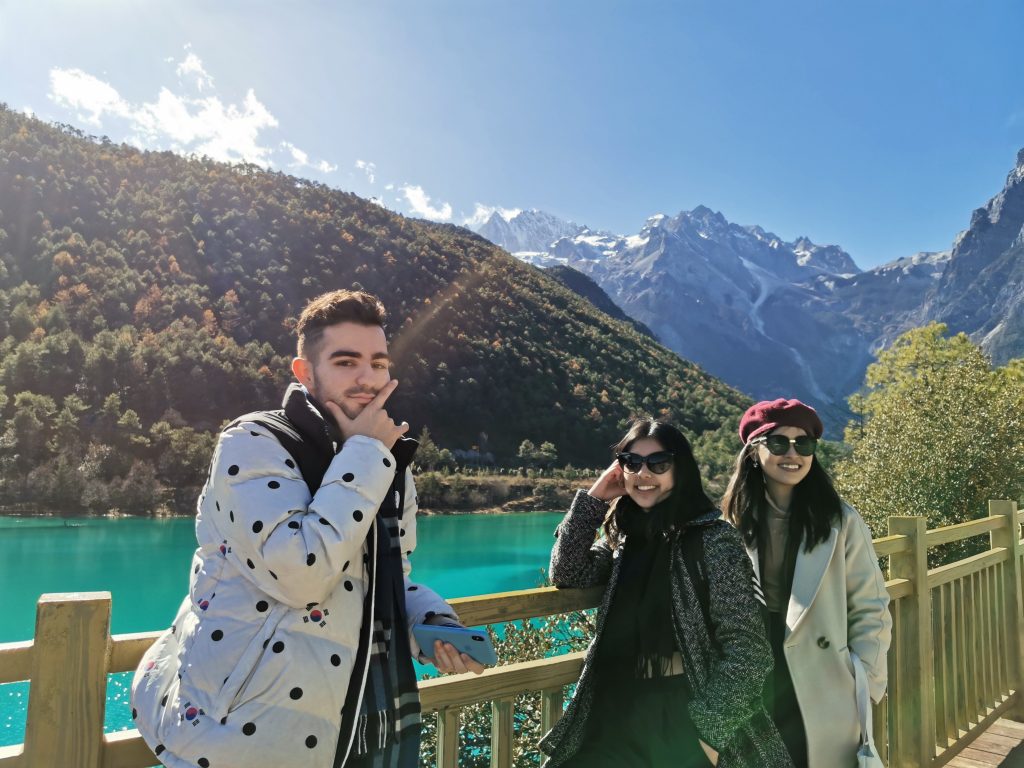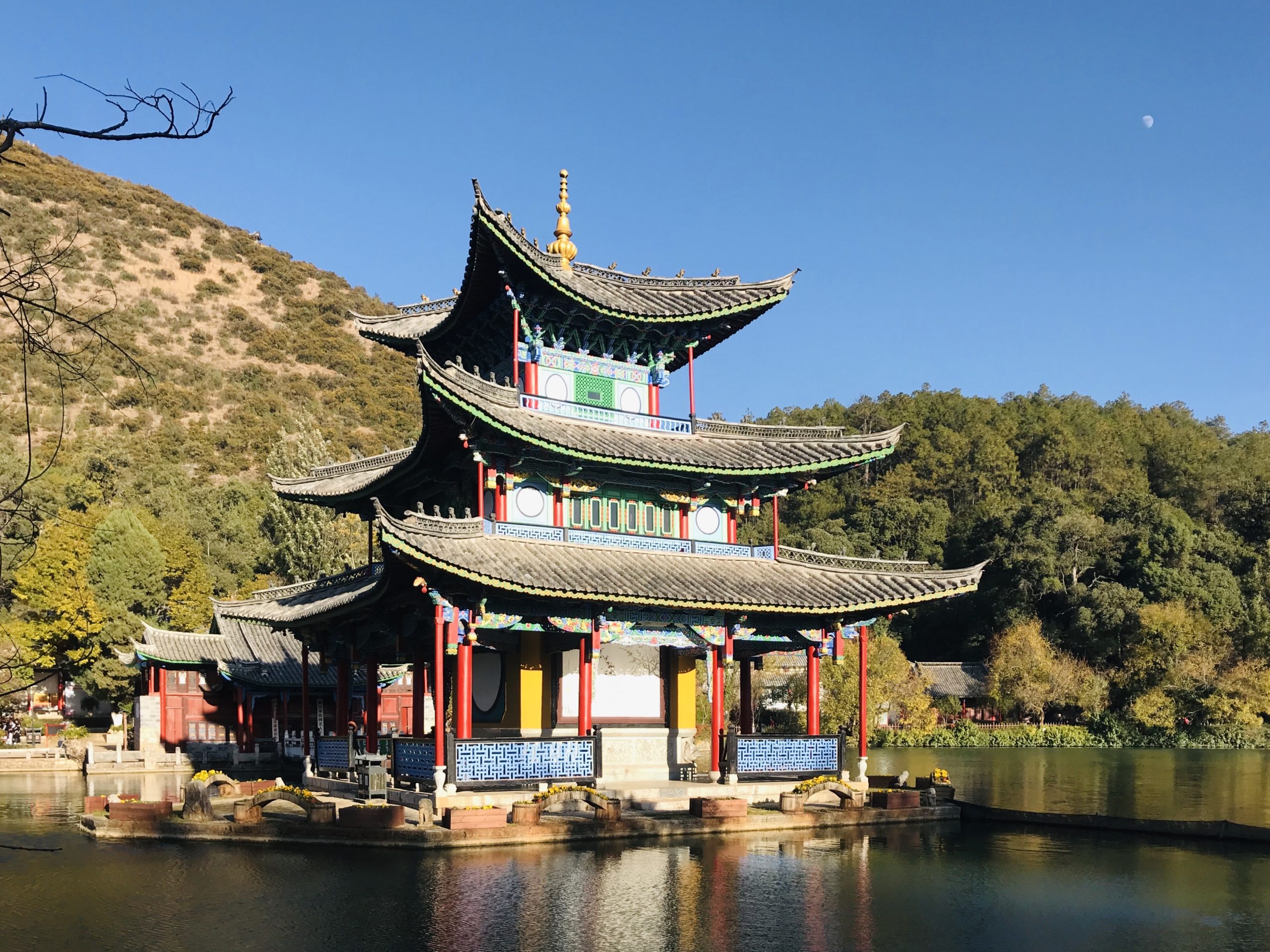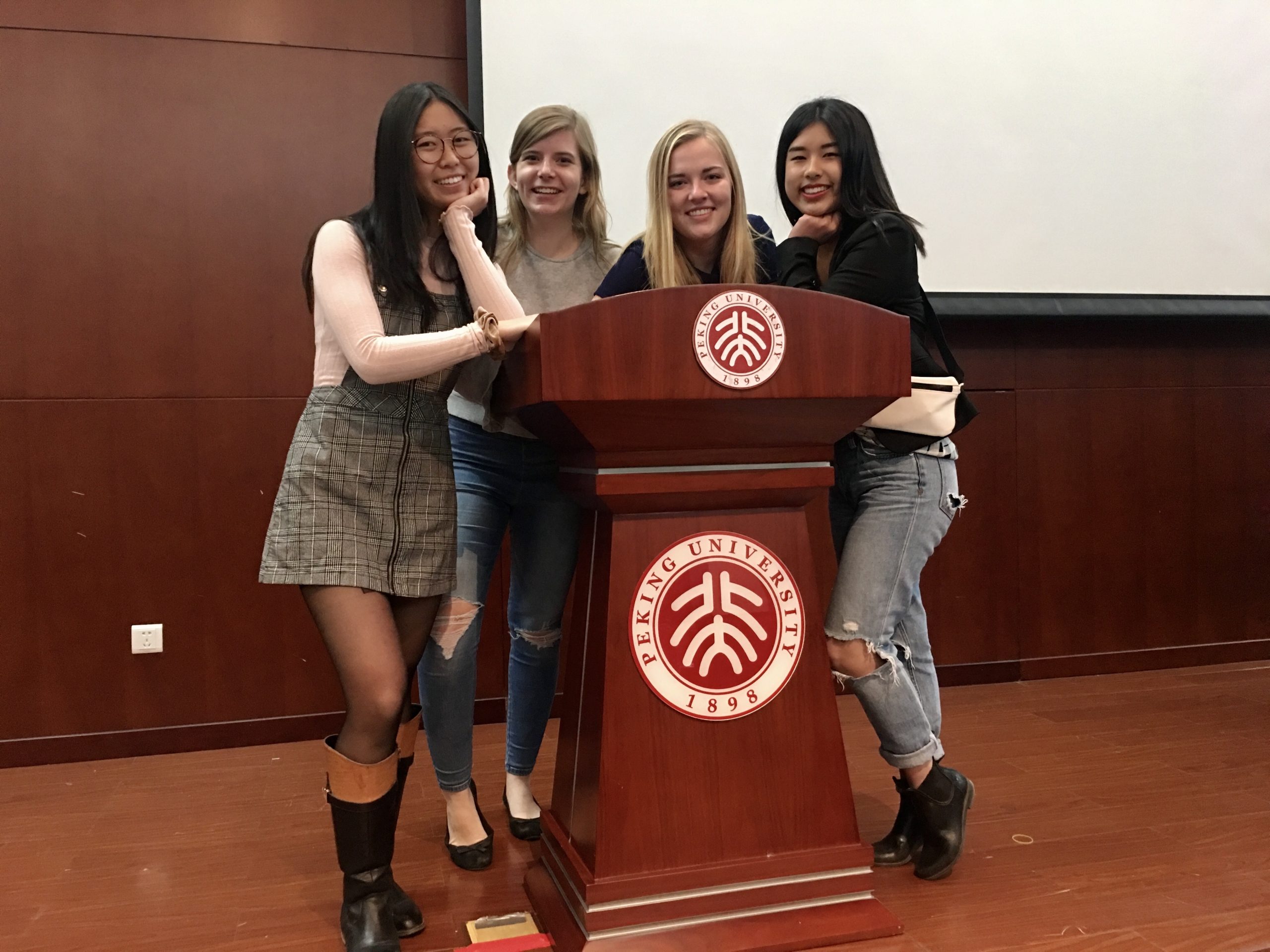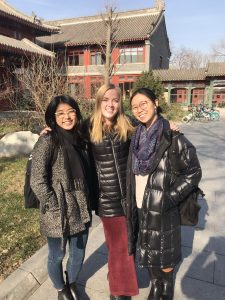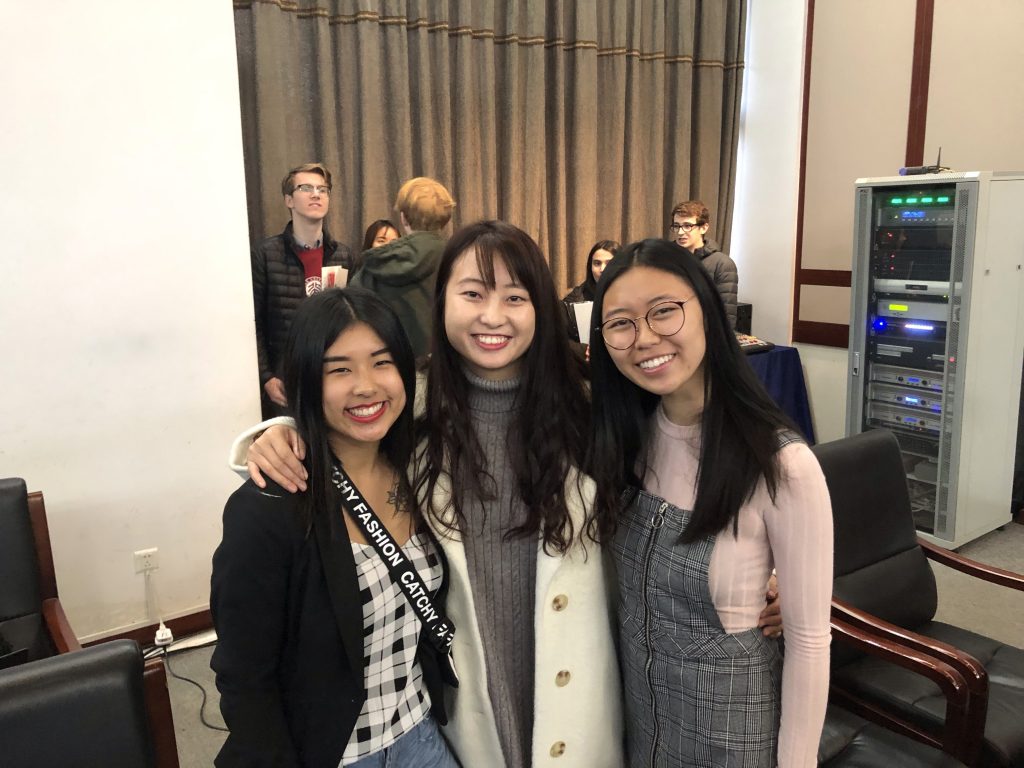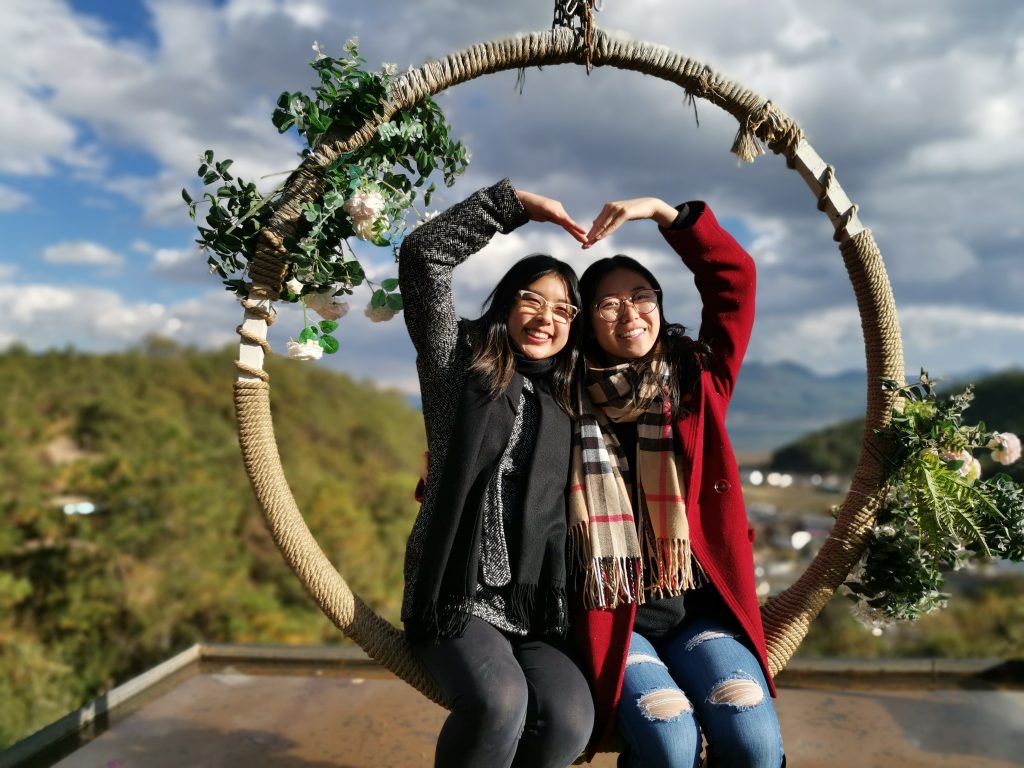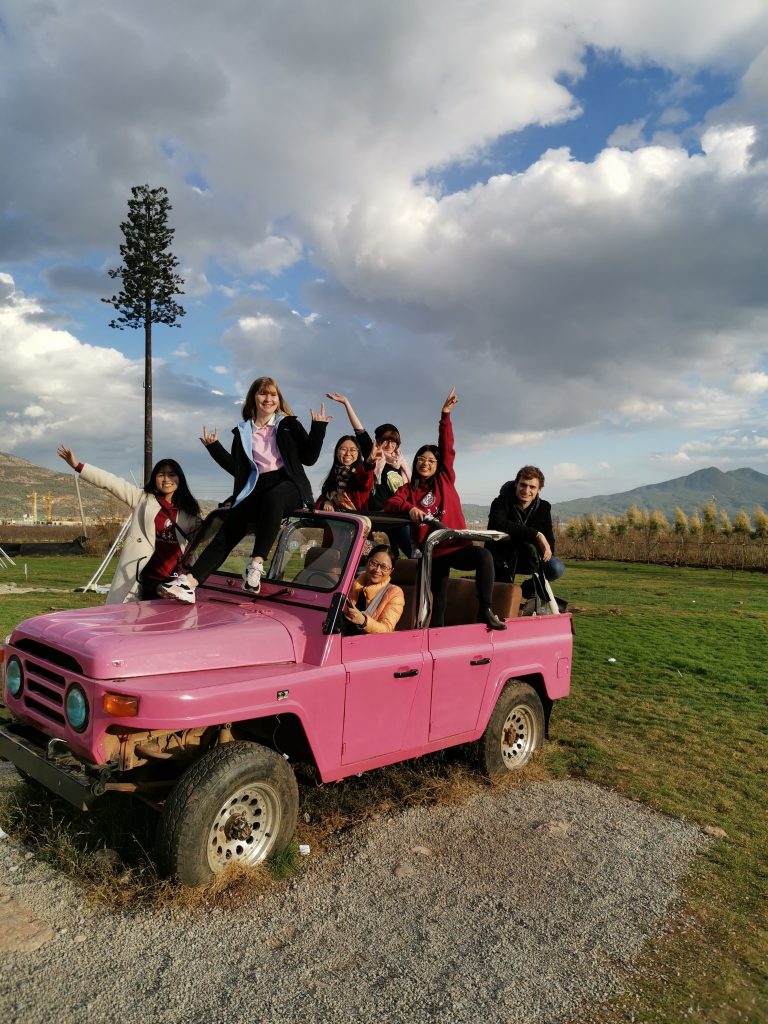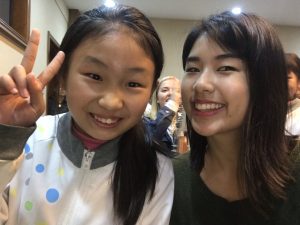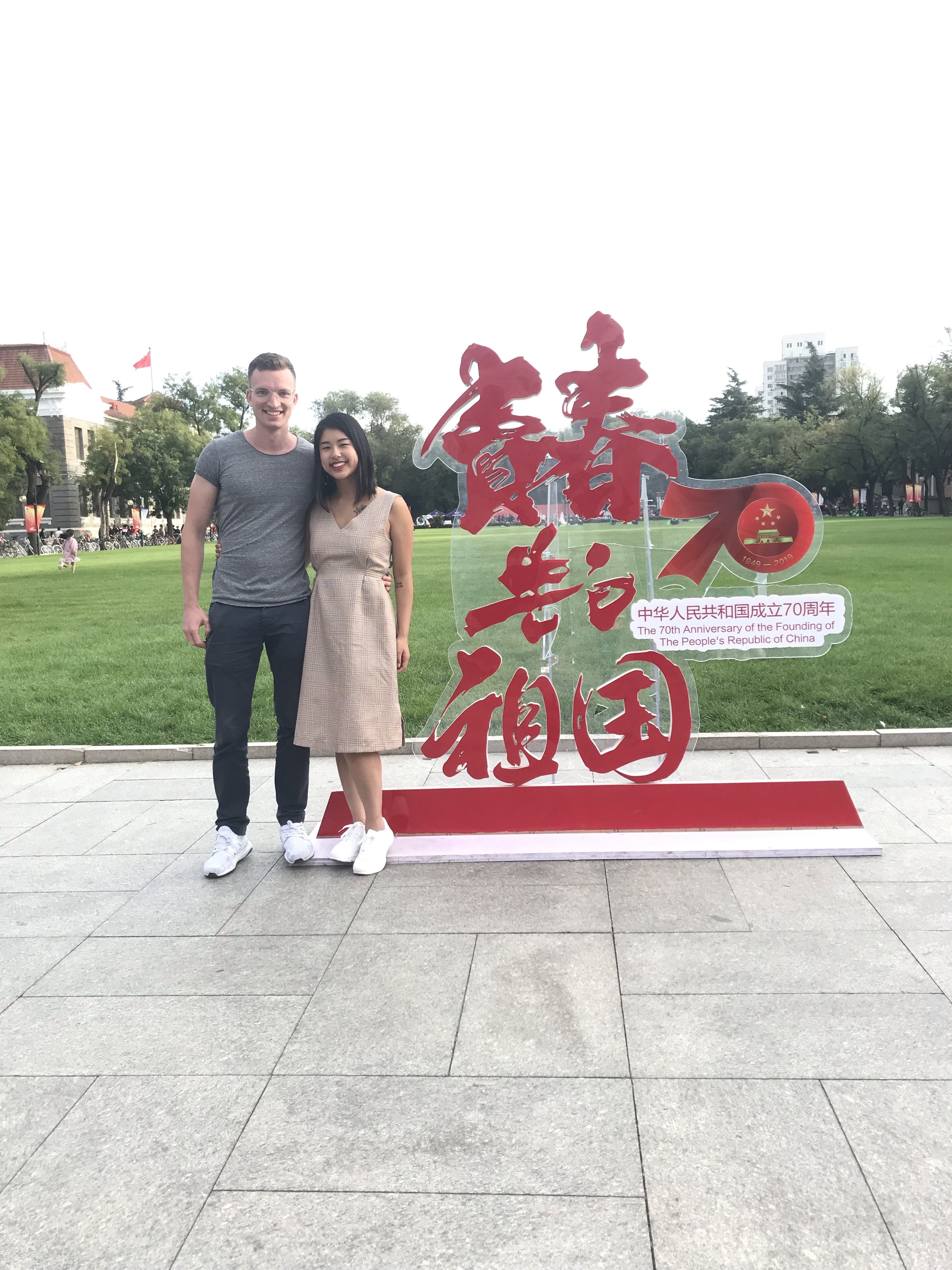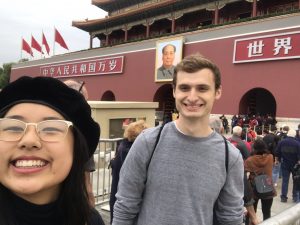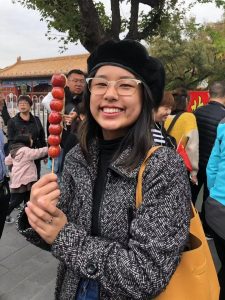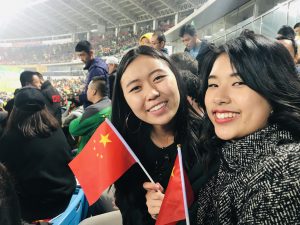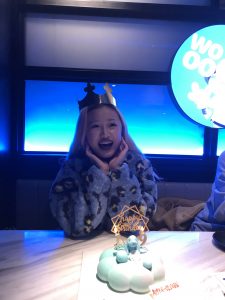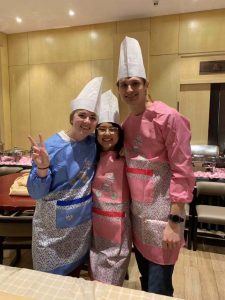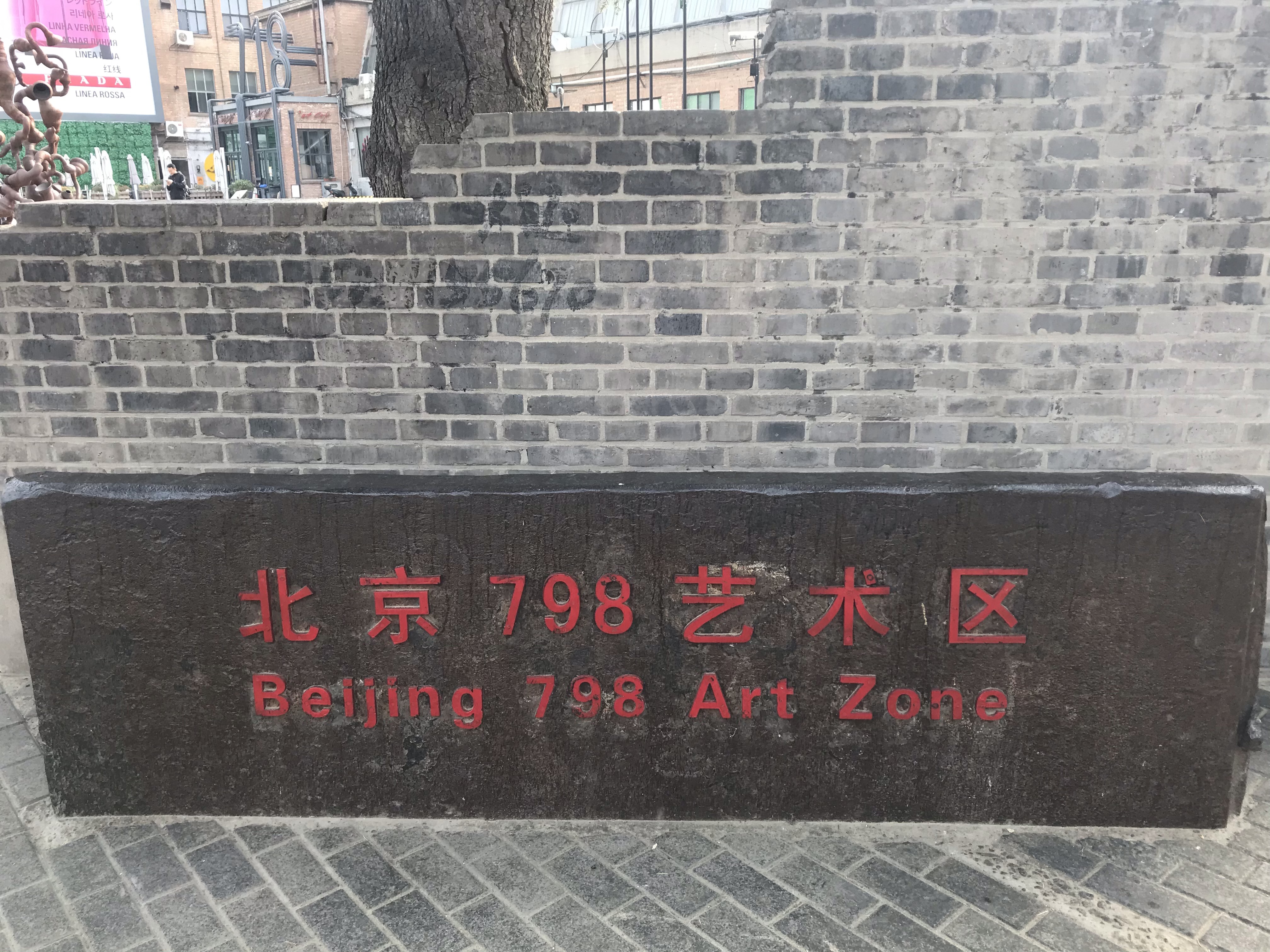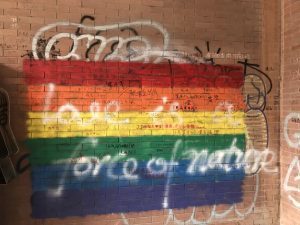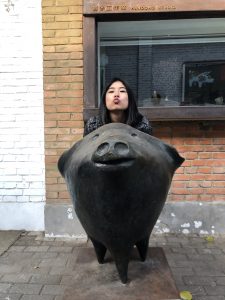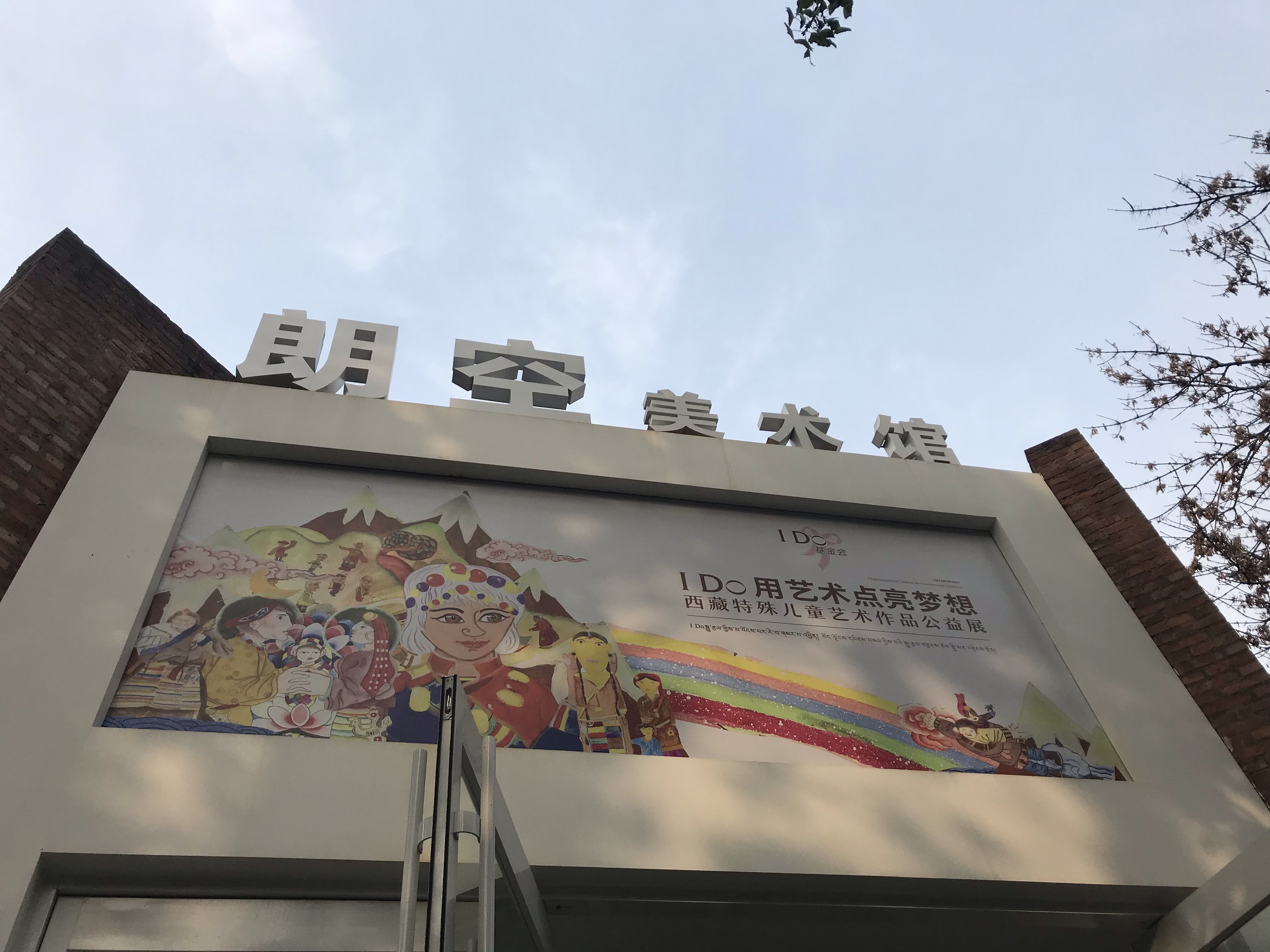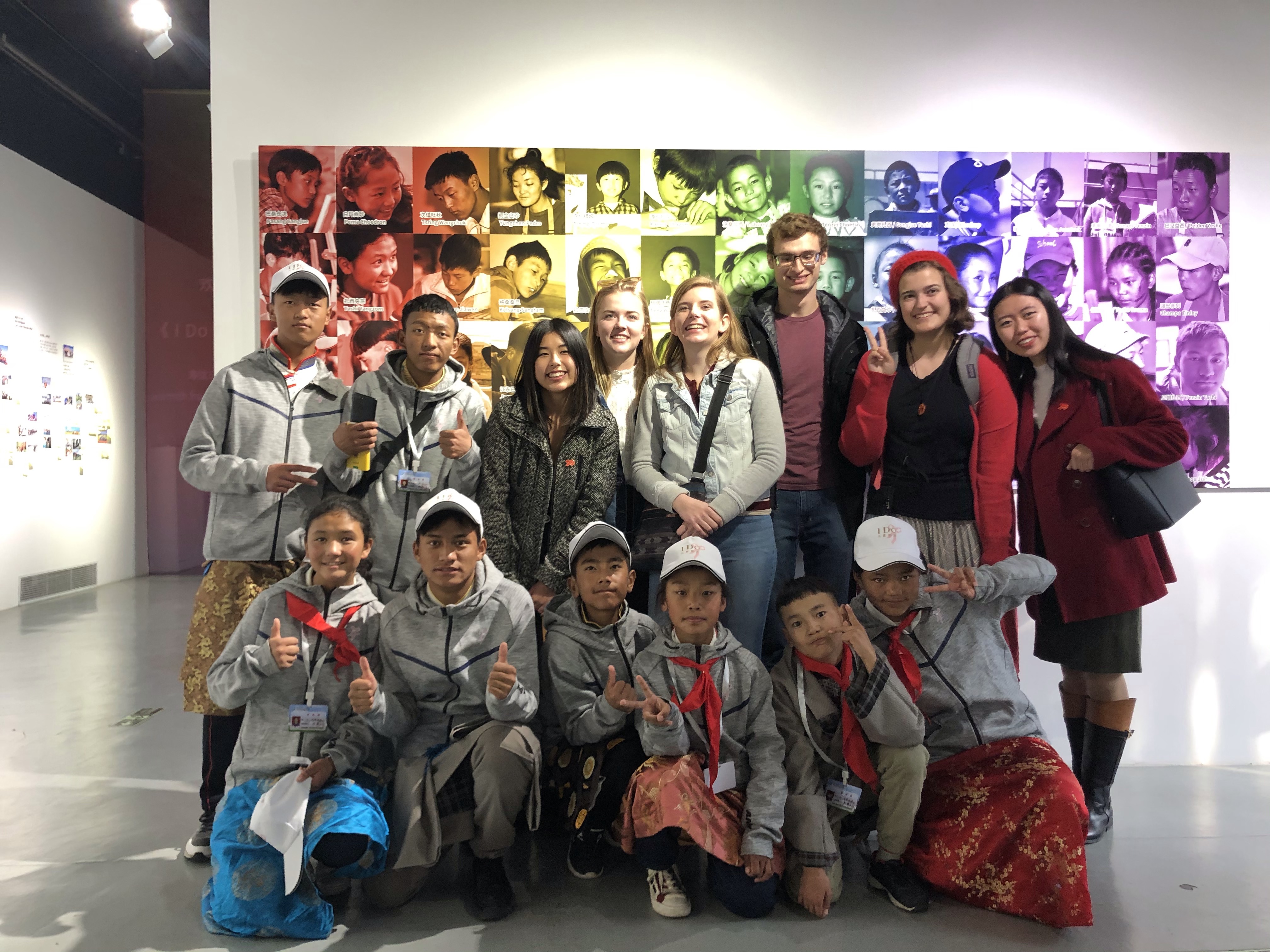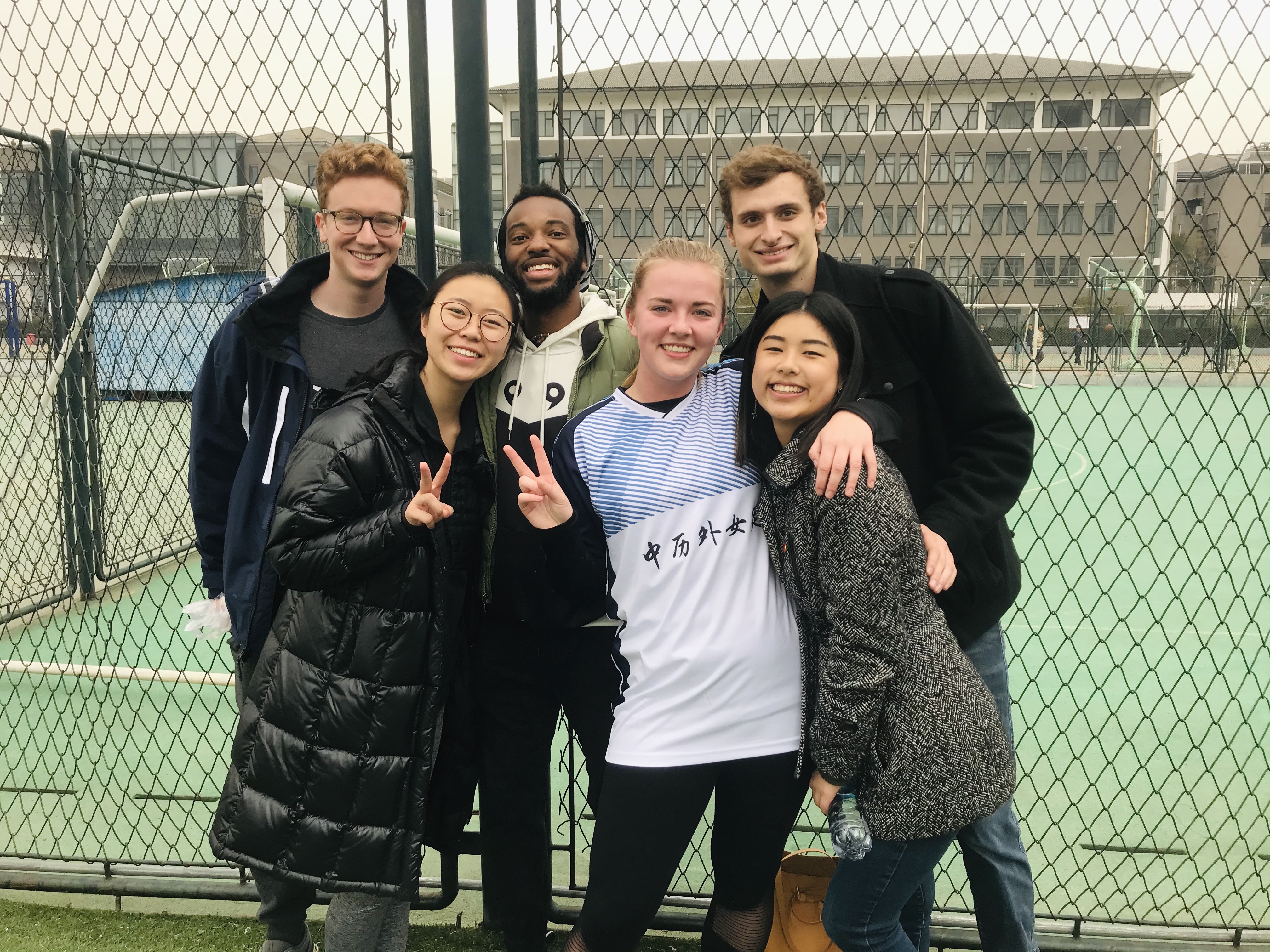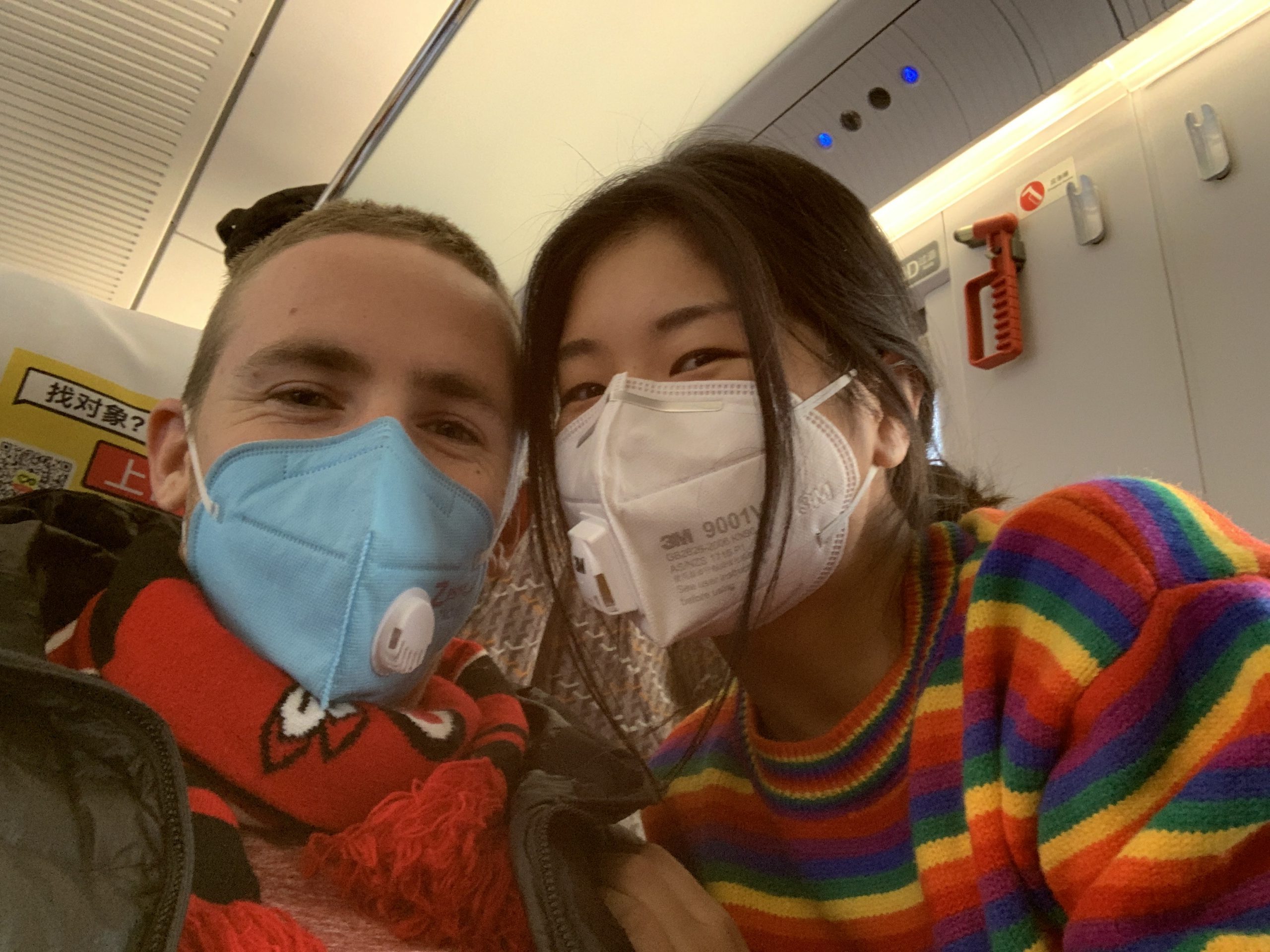
I have been in the United States for just over two weeks now, and boy has it been a wild ride.
In this blog you will find details about a global health crisis, a plot twist that includes an emergency return to the United States, and an ice sculpture of a train.
Last we left off, I was in Beijing, China starting my second semester at the China Studies Institute program at Beijing University. Everything was going great and we were out of class for a week for Chinese New Year, also known as Spring Festival. My friend Daniel and I were planning to travel to China’s northernmost province, Heilongjiang. Our trip would start in Harbin for the city’s ice and snow festival and then we would make our way South, stopping briefly at Shenyang before returning to Beijing.
We never could’ve predicted what would happen.
So before we even left for Chinese New Year break, there were talks about this Coronavirus. Nothing super serious yet, and there was no widespread panic. Some people who were from Wuhan were canceling their plans to return home for Chinese New Year, but most people were continuing on with their travel plans as if the Coronavirus was no big deal.
So my friend Daniel and I decided, since we were traveling away from the outbreak, (literally as far away as we could get from it), we would continue with our plans as well.
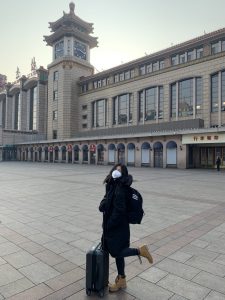
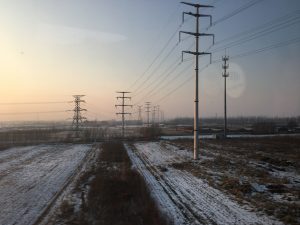
Things you should know about Chinese New Year in China: it is one of the largest human migrations of today. Chinese people only get two vacations, the National Holiday Break and Chinese New Year Break. Billions of people travel home to see their families and celebrate the new year. There is no single comparable holiday in the United States. Chinese New Year is more so like a combination of Thanksgiving, Christmas, and New Years, with a huge emphasis on family and tradition.
Daniel and I were some of the billions traveling during this time, and we made it to Harbin after 8 hours on the high-speed train. An Alaskan girl at heart, I had been so deprived of snow for so long that when I finally arrived in Harbin, the snow-y paradise, I couldn’t stop smiling and jumping around like a maniac. It was cold as Alaska, so very comfortable for me!
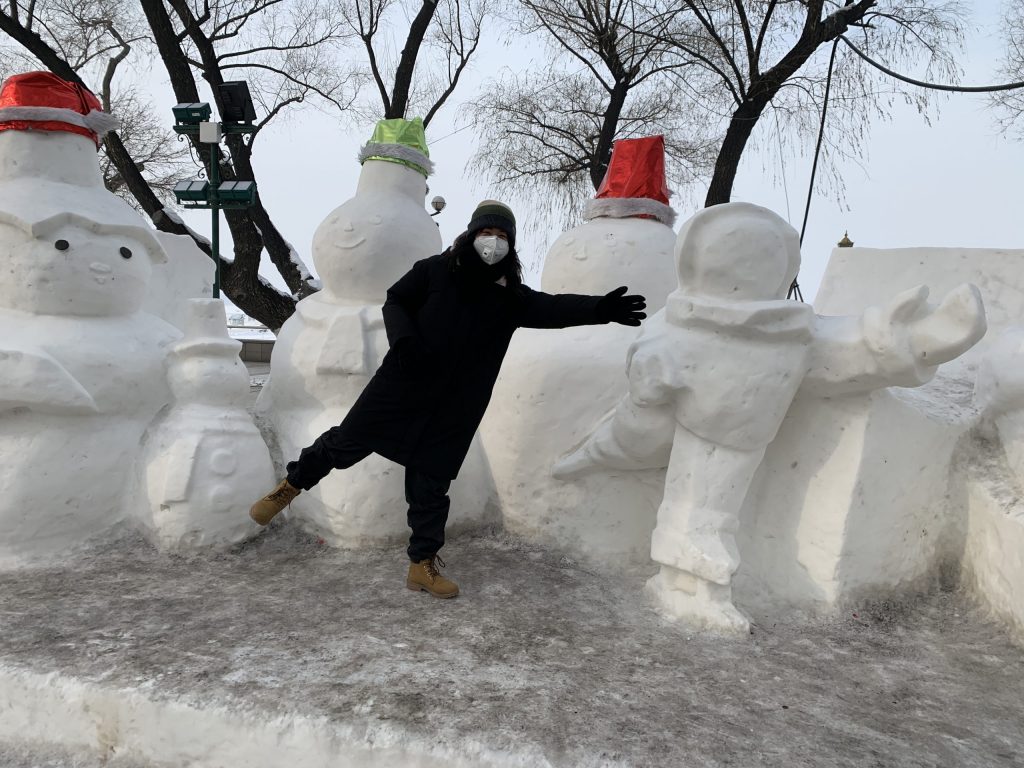
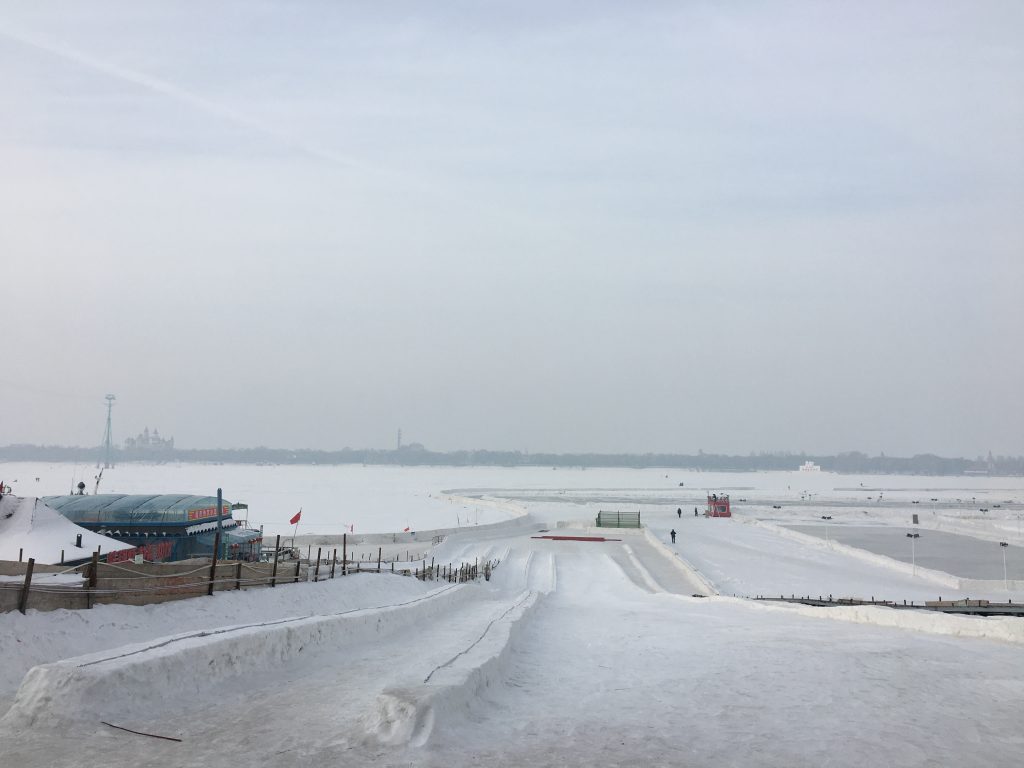
We visited some attractions in Harbin, and here are some of the photos from that!
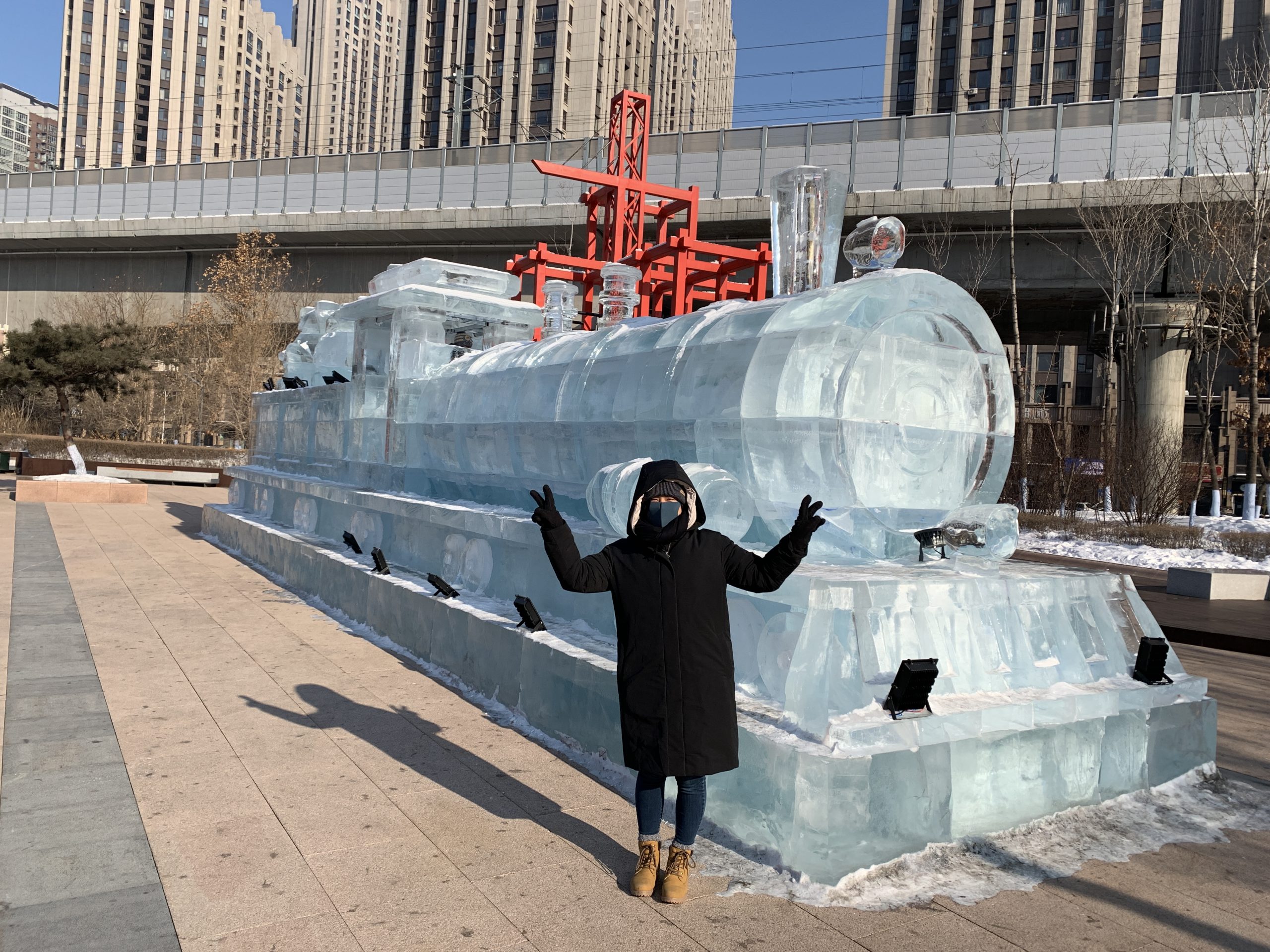
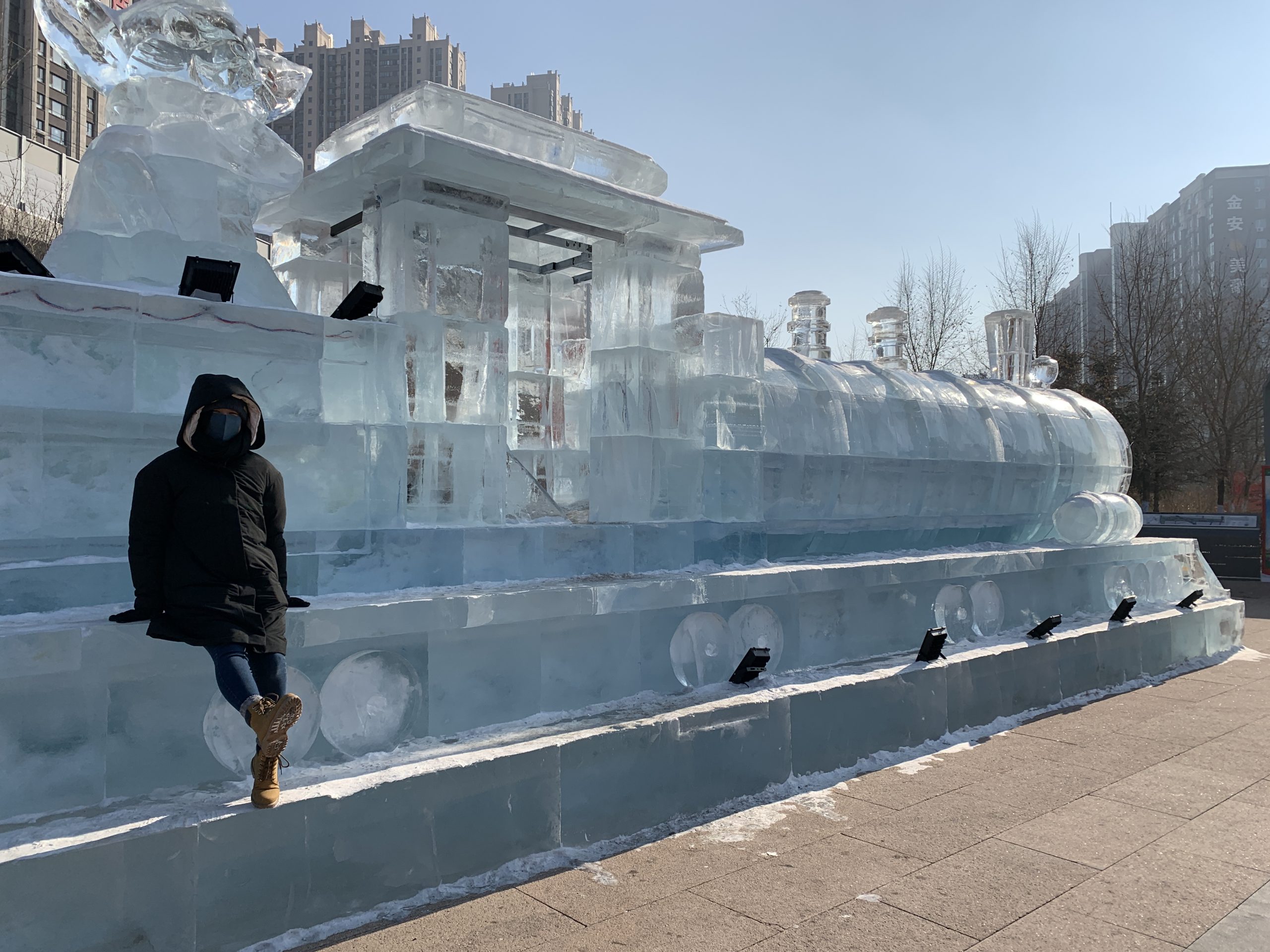
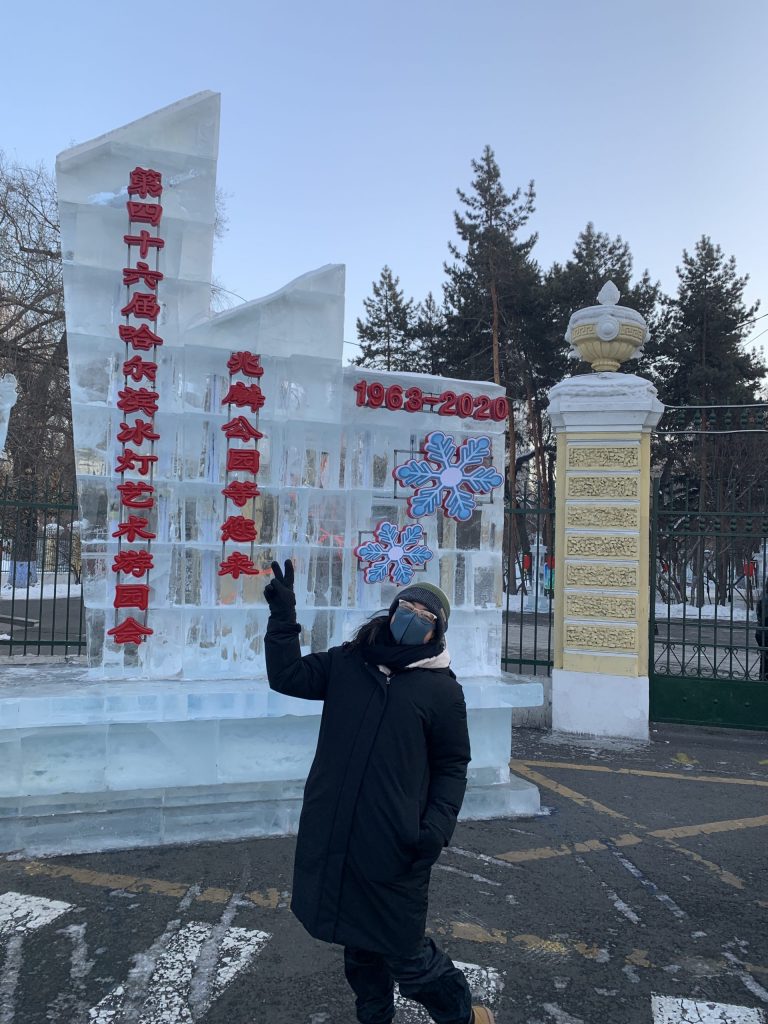
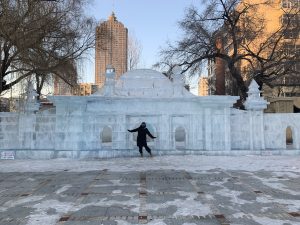
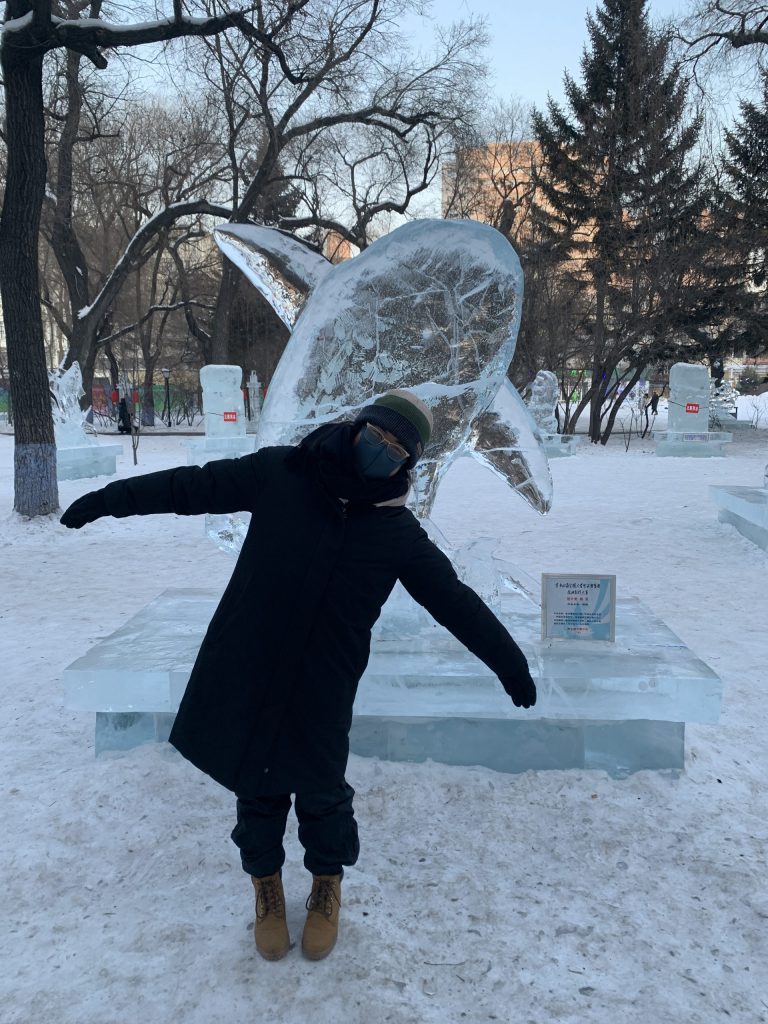
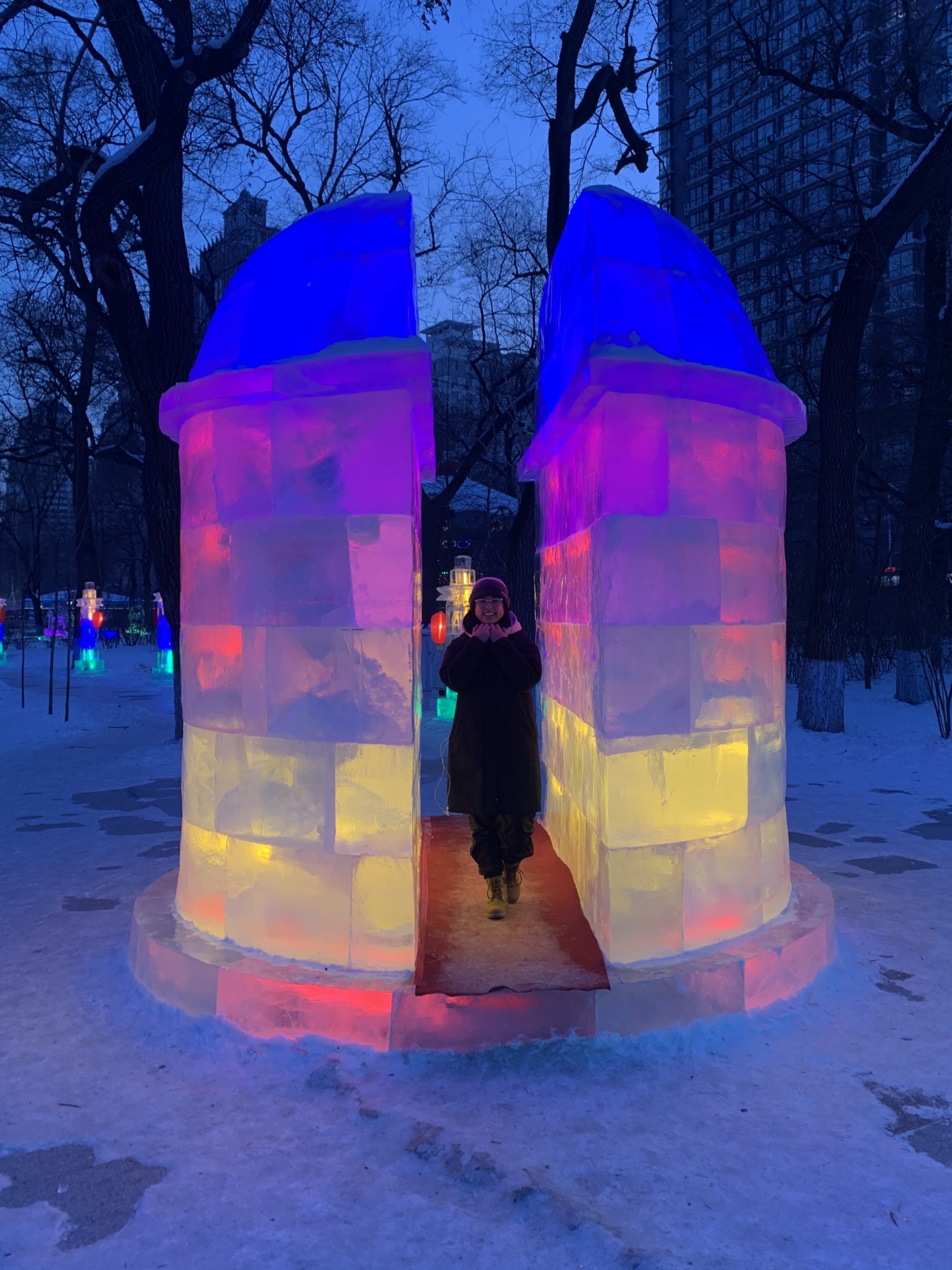
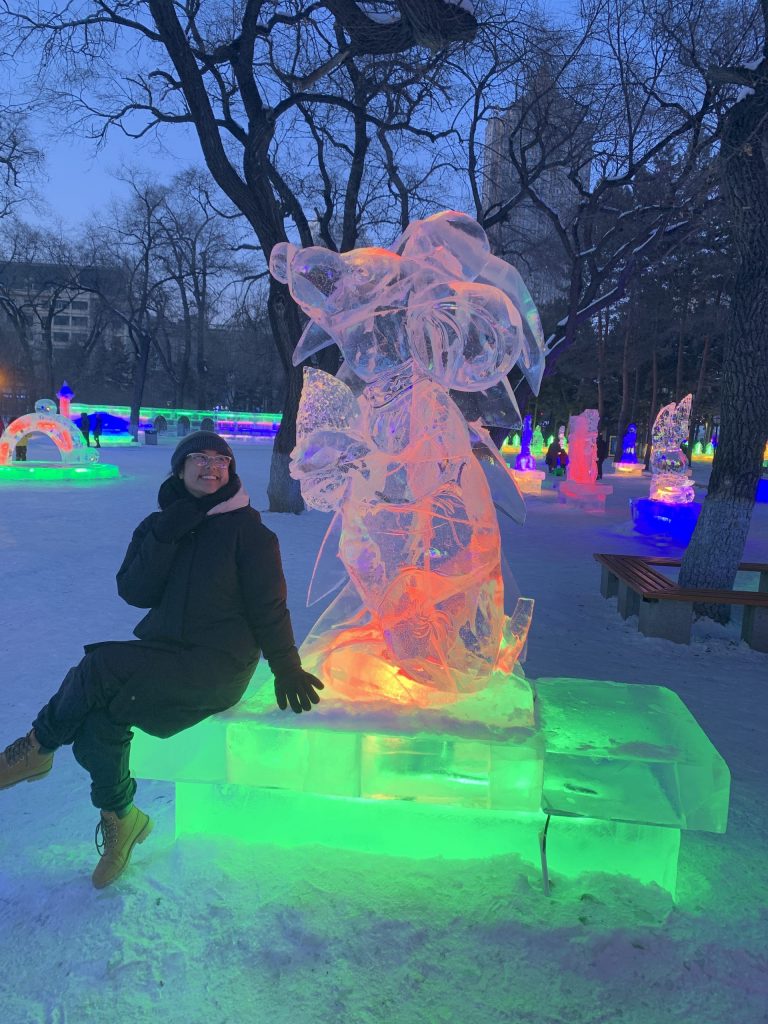
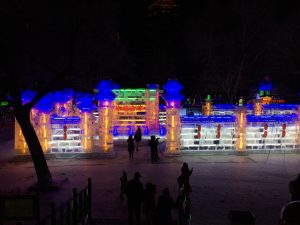
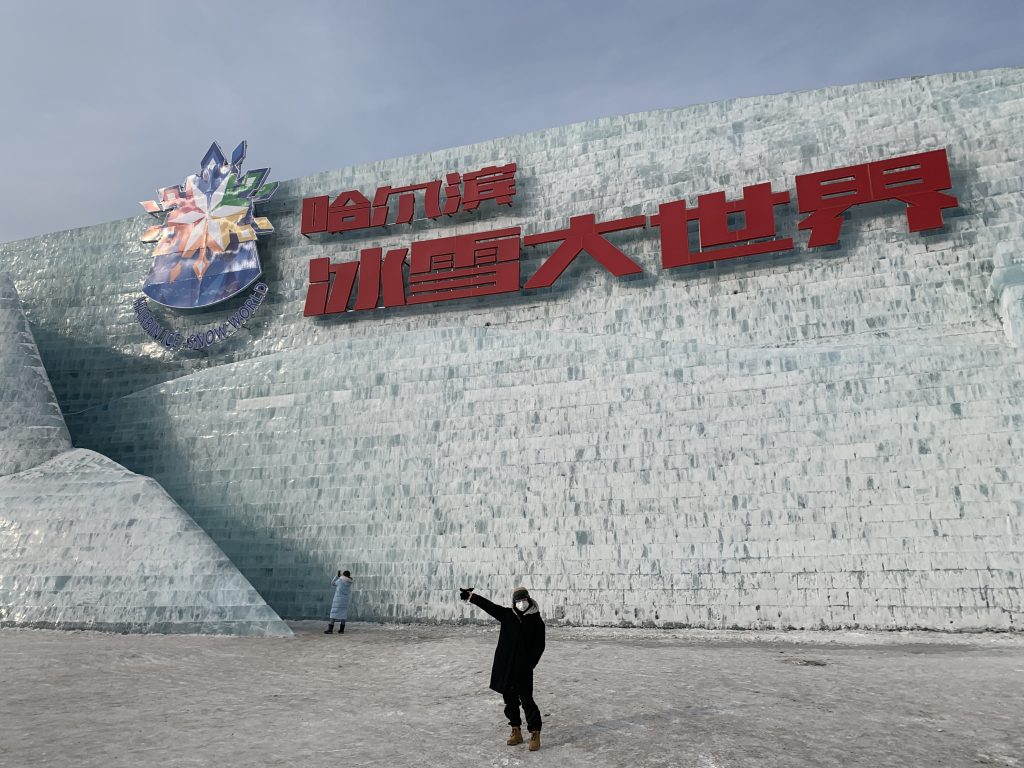
However, after a couple days in Harbin, things started to go downhill. The Coronavirus had started to gain momentum, and the virus, with so many people traveling in such a small period, was spreading rapidly. I would wake up every morning to messages from my program director and teachers, cautioning us students against going outside and being among large crowds. It snowballed from there. Transportation was cancelled, Wuhan was quarantined, official announcements of school and work schedules being postponed, the government stepped in to manage the situation, but everyone was stuck, confined to their homes, some not able leave their homes to even see their family.
It was unlike anything I’ve ever seen. The biggest cultural event of the year was being completely disrupted. All of the events, temple celebrations, reunions, performances, –basically any attractions of any kind that could draw crowds, were canceled. People were barely leaving their homes. The few that did, wore masks and gloves. Restaurants were closed or only available for take out and delivery. We were heat-checked entering buildings, and some even denied entry if you were not wearing a mask. The country had come to a complete standstill.
Beijing University had postponed the start of their Spring semester, as they did not want students from other provinces returning back to Beijing while the Coronavirus was still on the move. The CSI program I was enrolled in decided to offer online classes to reduce the risk of any kind of contagion resulting from in-person contact. With the transition to online classes and the recommendation of self-imposed quarantine, the situation was deemed dire enough to cause many students from my program to return home, by the requests of their parents, schools, or just by their personal judgement.
I really did not want to leave. I was committed to staying in China, quarantined in an off-campus apartment, taking online classes, basically waiting this epidemic out. However, so many students returned to the United States that it was no longer possible to continue my program. Daniel and I were on our train to Shenyang when we realized we had to return to Beijing. After getting off our train, (which was empty because so many people had canceled their travel plans due to the virus), we purchases tickets the same day and took another train to Beijing. Once arriving in the city, we were able to get our luggage from my dorm room with the help of my classmates and teachers. Since I had been traveling during Chinese New Year, I was unable to even enter the campus because there was a risk that I might be infected, so my classmates had to pack up all of my belongings and bring them to the gates of university.
I flew out of Beijing the next day, and after five flights, I was finally back home in Kenai, Alaska.
You never really think something like a global health crisis will be the thing that disrupts your study abroad experience. Maybe you lose your passport, or luggage, or maybe you’re so homesick you need to come home. These things happen, but a virus? It never crossed my mind.
I was really upset about having to leave China. I still felt as though I had so much more to learn. The most frustrating thing about it all was it was not even my decision to leave. Everything felt so out-of-my control.
But even though I am still deeply saddened that my abroad experience was cut short, I am very thankful that I was able to depart the country while I still could. I am also very fortunate that Linfield’s spring semester did not start until Feb. 10th, giving me time to see my mother in Alaska, which I haven’t been back to in over a year. I had time to register for housing and classes, unlike some of my classmates from other universities who had to immediately jump into their Spring semester, which had already been in session for two weeks.
I also want to highlight in this blog the amazing response rate and help of the Linfield International Programs Office in particular, but also of the Linfield Financial Aid Office, Academic Advising and Housing, which were so great in helping me prepare myself for a return to Linfield. I felt completely supported the entire time by these offices, who were so patient with me and made sure that I was safe and taken care of the entire time. Shout out to the power of a small college!
I have no regrets about my time in China. It truly was the most amazing experience of my life. I grew and I changed, which has been apparent to me as I rejoin the Linfield community, but what I want to highlight as the thing that really makes me feel like study abroad was the best thing in the world for me, was about how it challenged me. It was the most challenging thing I have ever had to do. I had to be independent, responsible, and work my butt off. I had to make myself a home. There were times when I felt so uncomfortable. There were times when I felt so afraid, so stupid, so confused. But everything about feeling these ways, it’s all part of the process. It’s all part of what I love about the experience of being abroad. It’s a challenge and I am so much stronger, know myself better, and happier knowing that I have the capability to do anything.
I truly do not have any regrets. I did everything I wanted to do, and many things I never knew I would have the chance to do. Now I know I can do anything. We are capable of so much more than we think we are. Studying abroad taught me that. Now whenever I think about whether or not I can do something, I don’t spend time questioning whether it’s possible, because I know I can do it.
